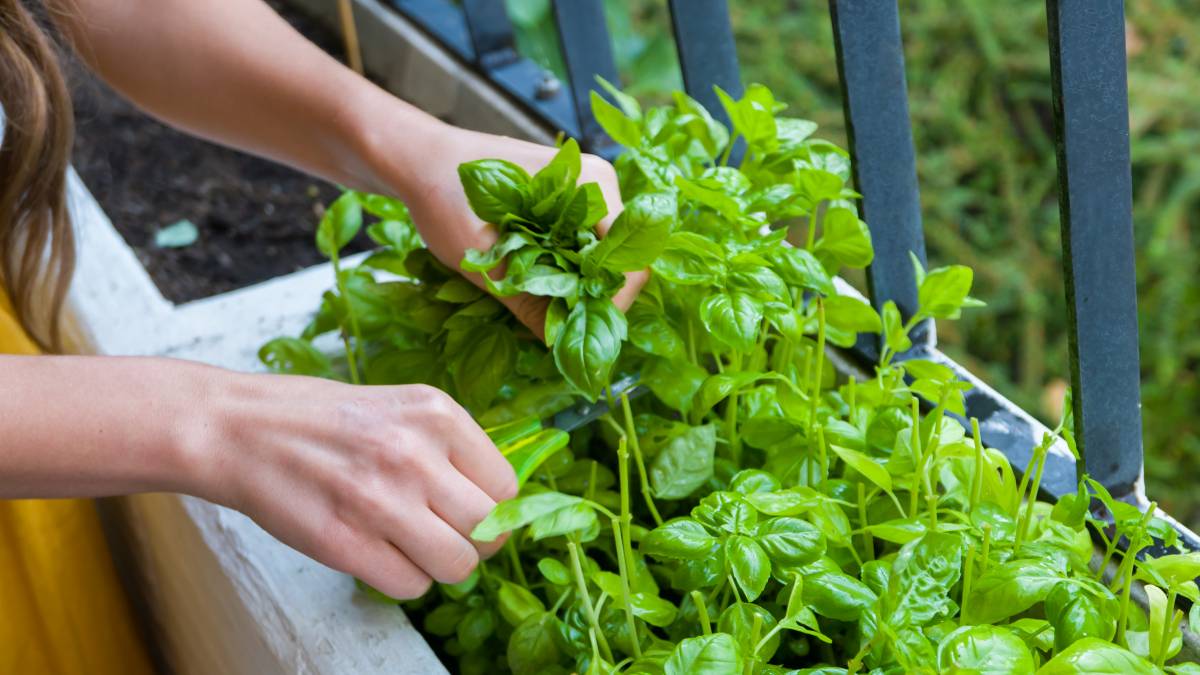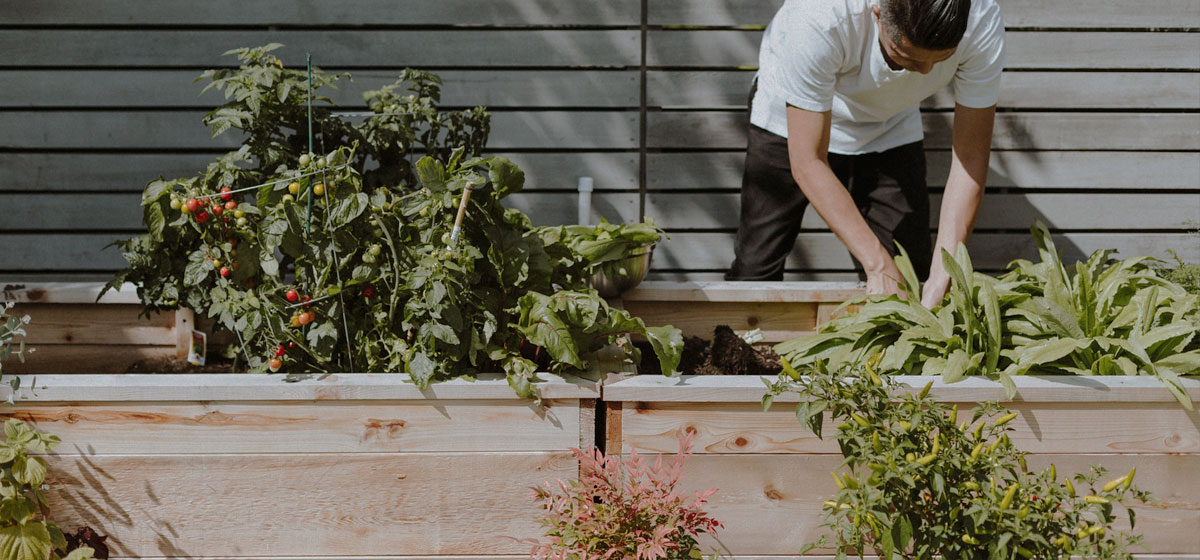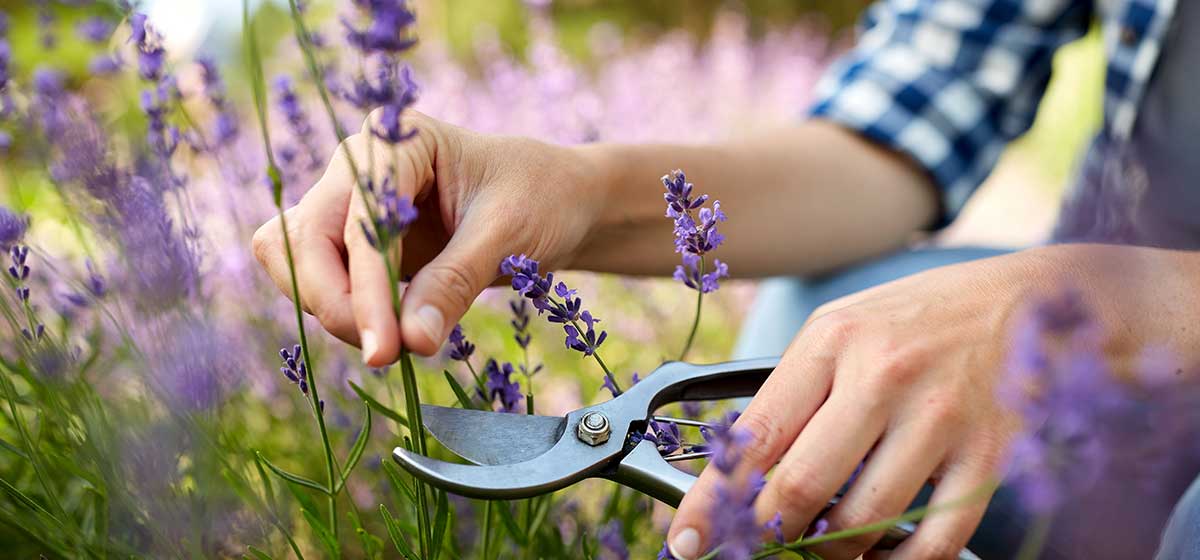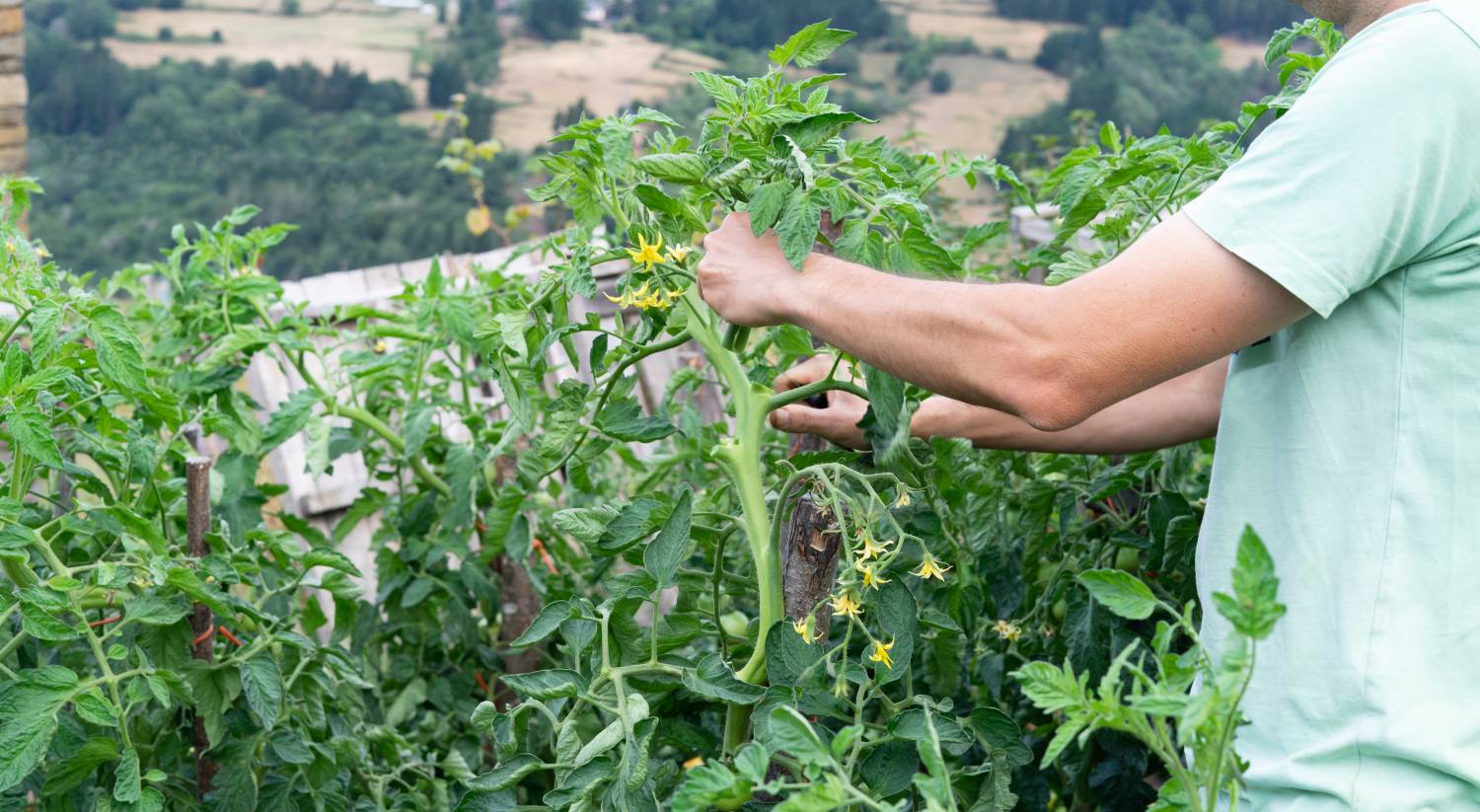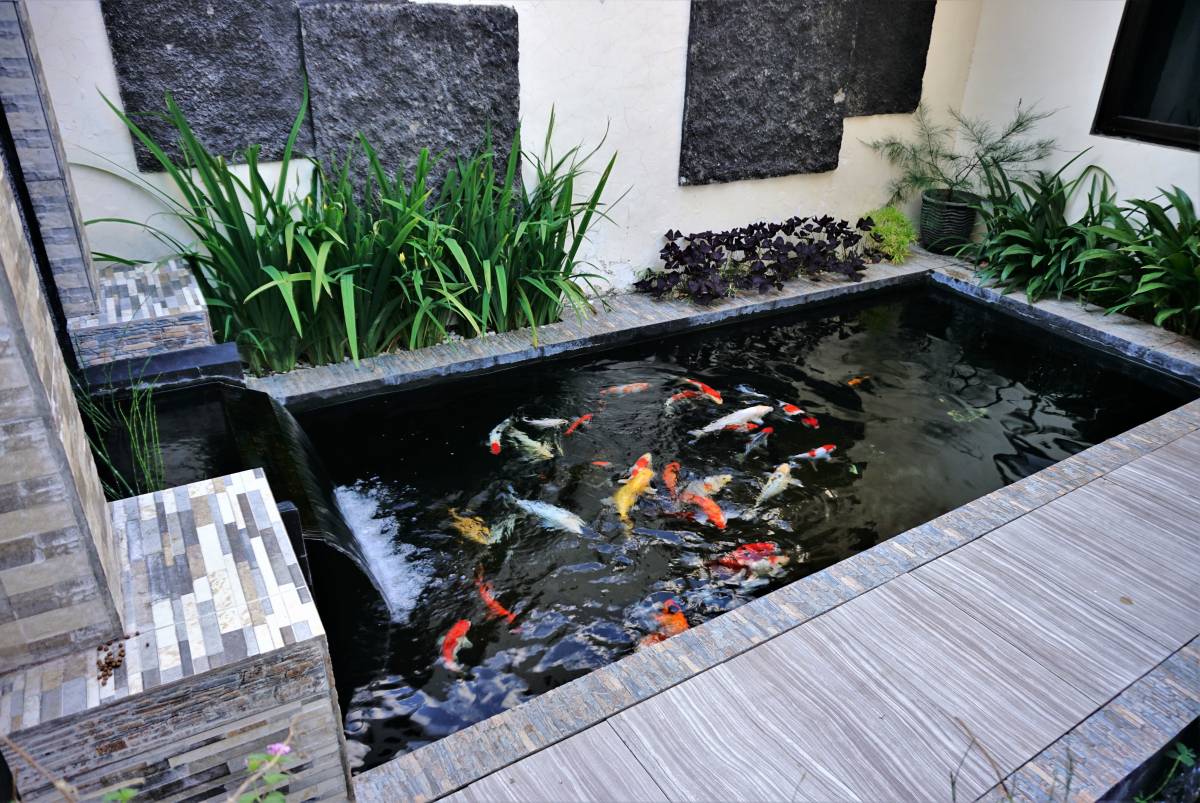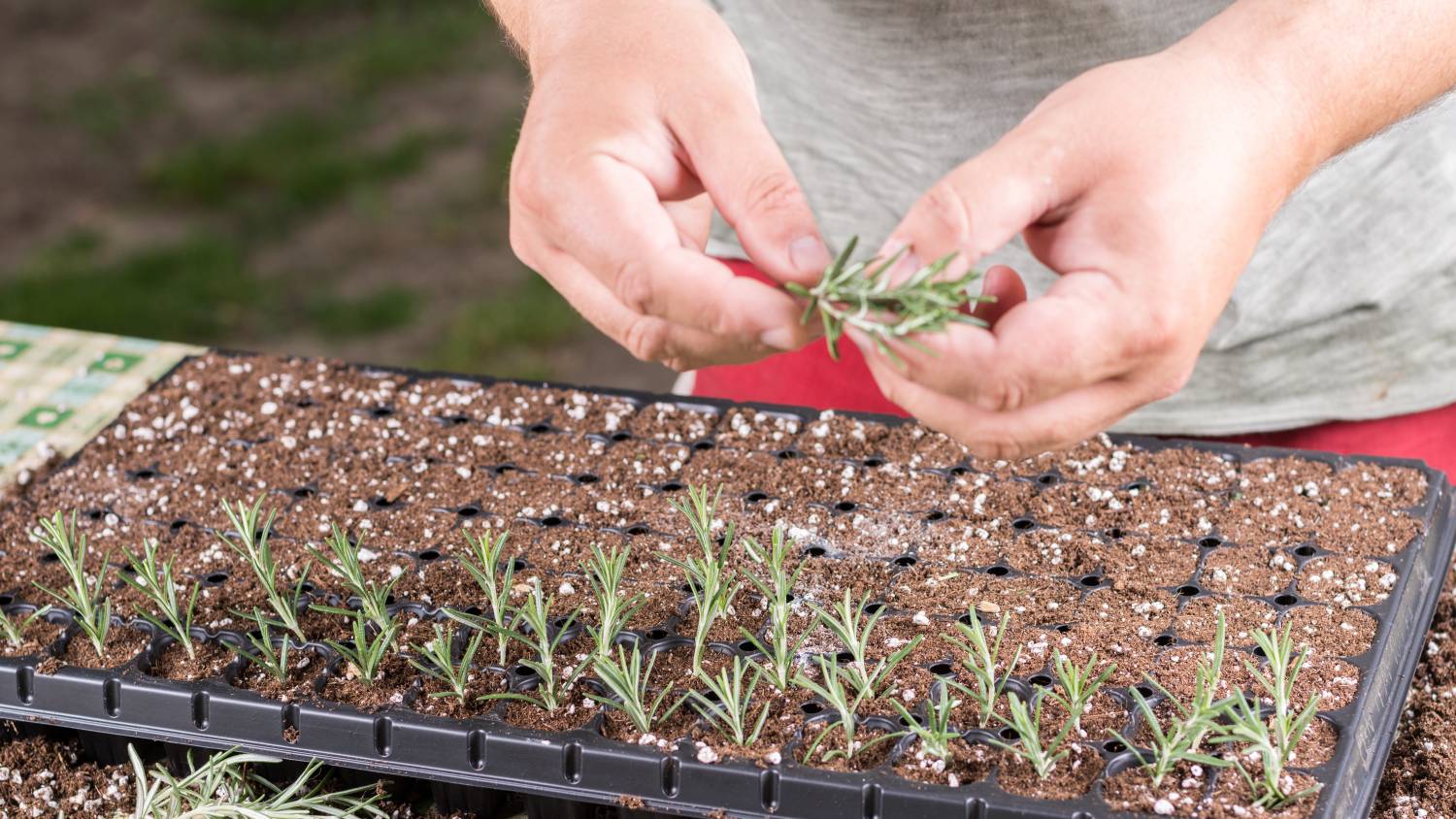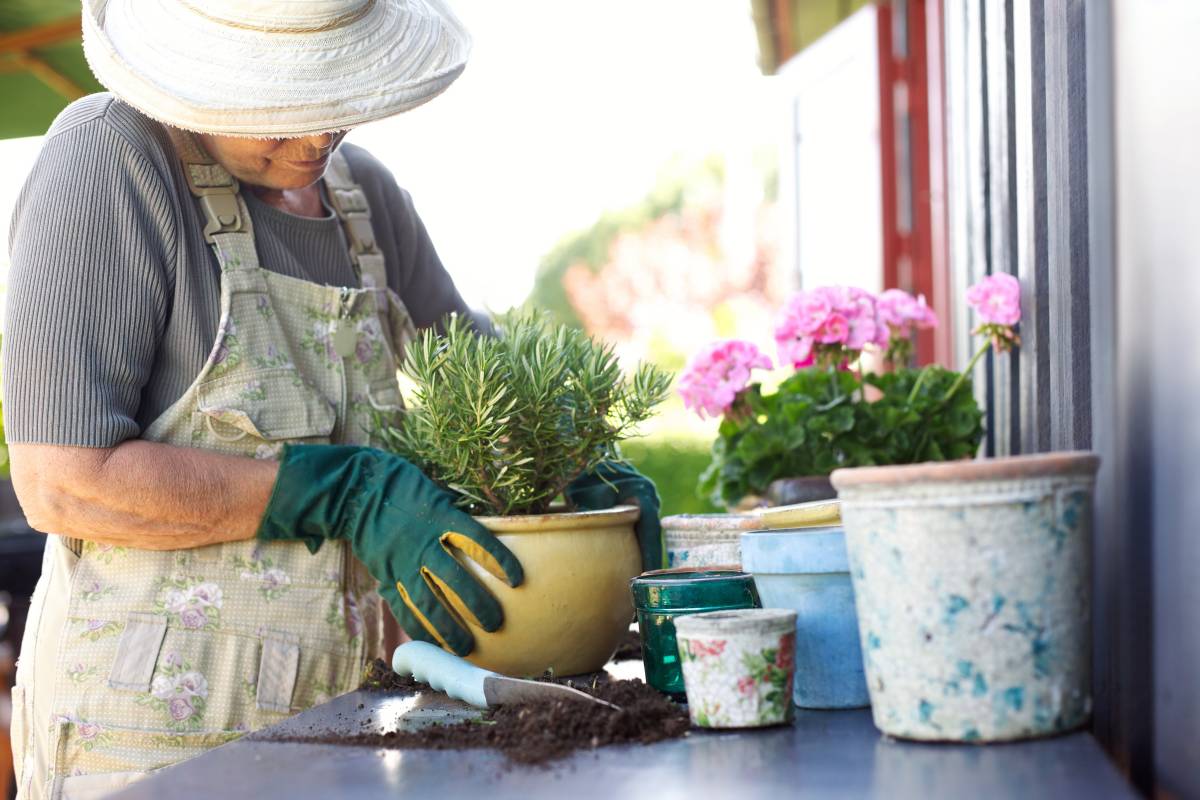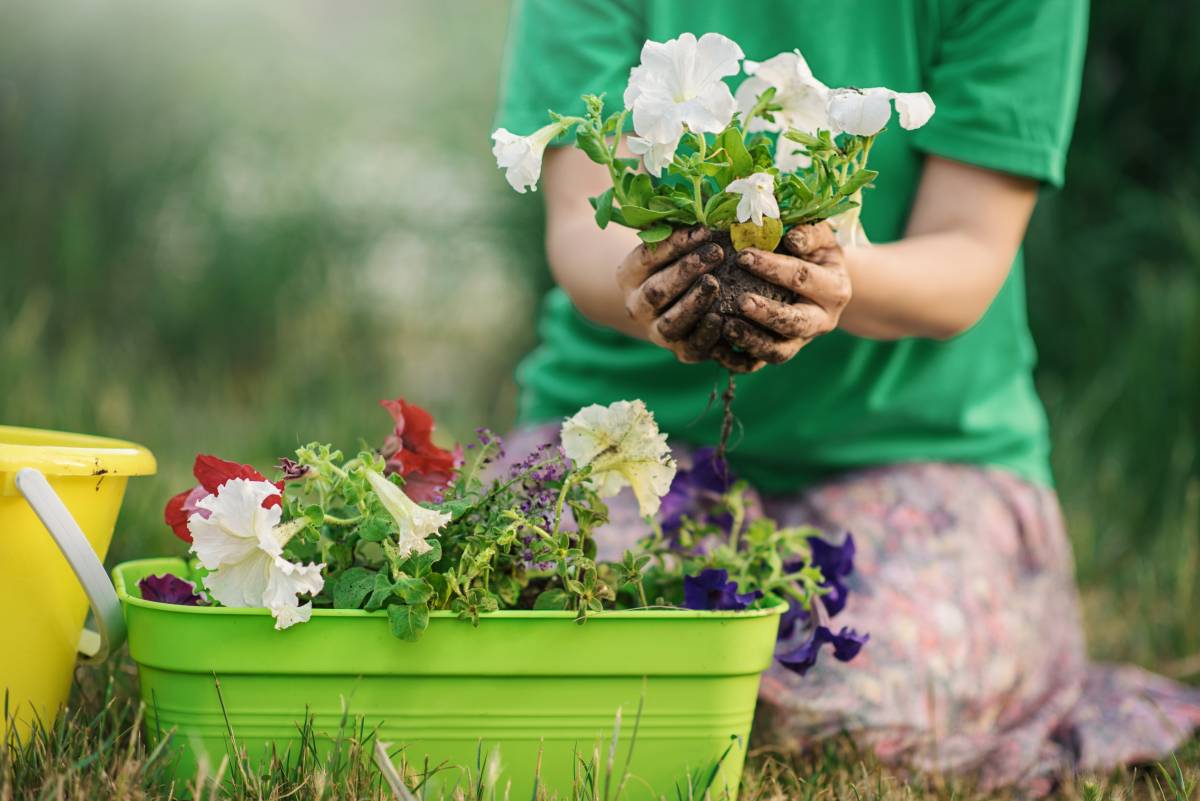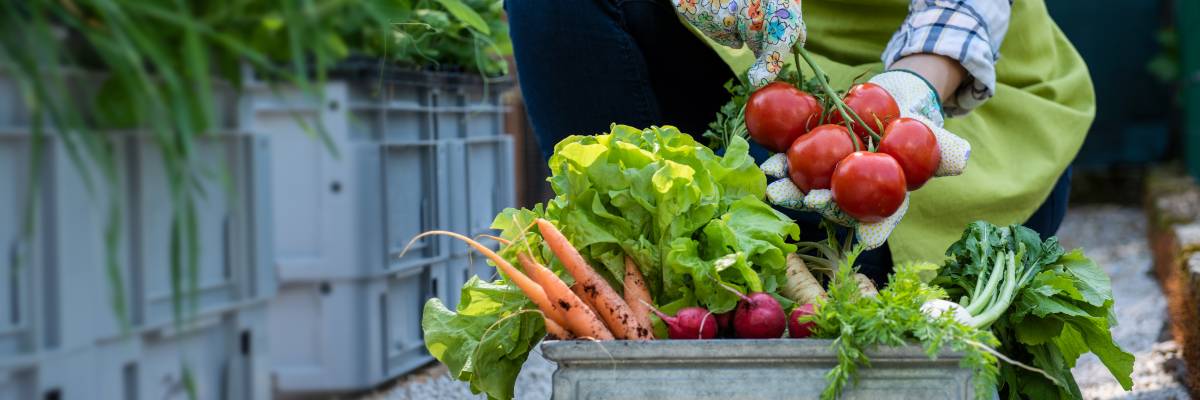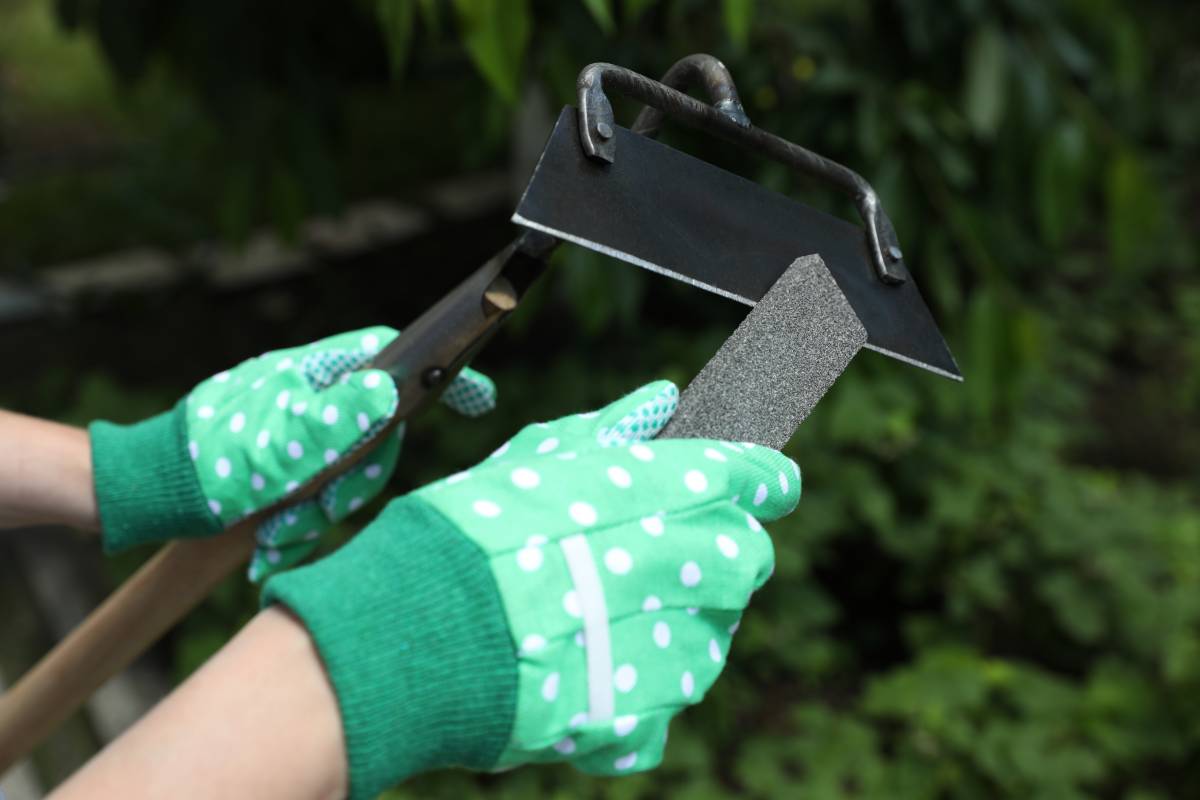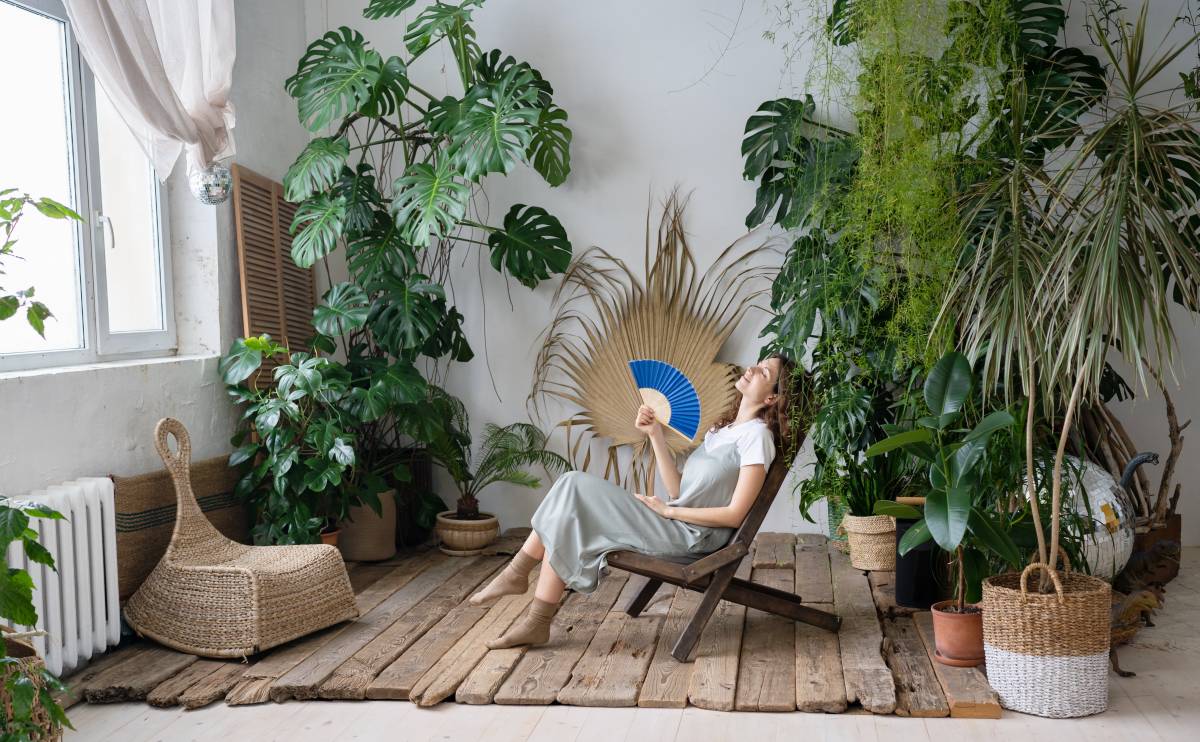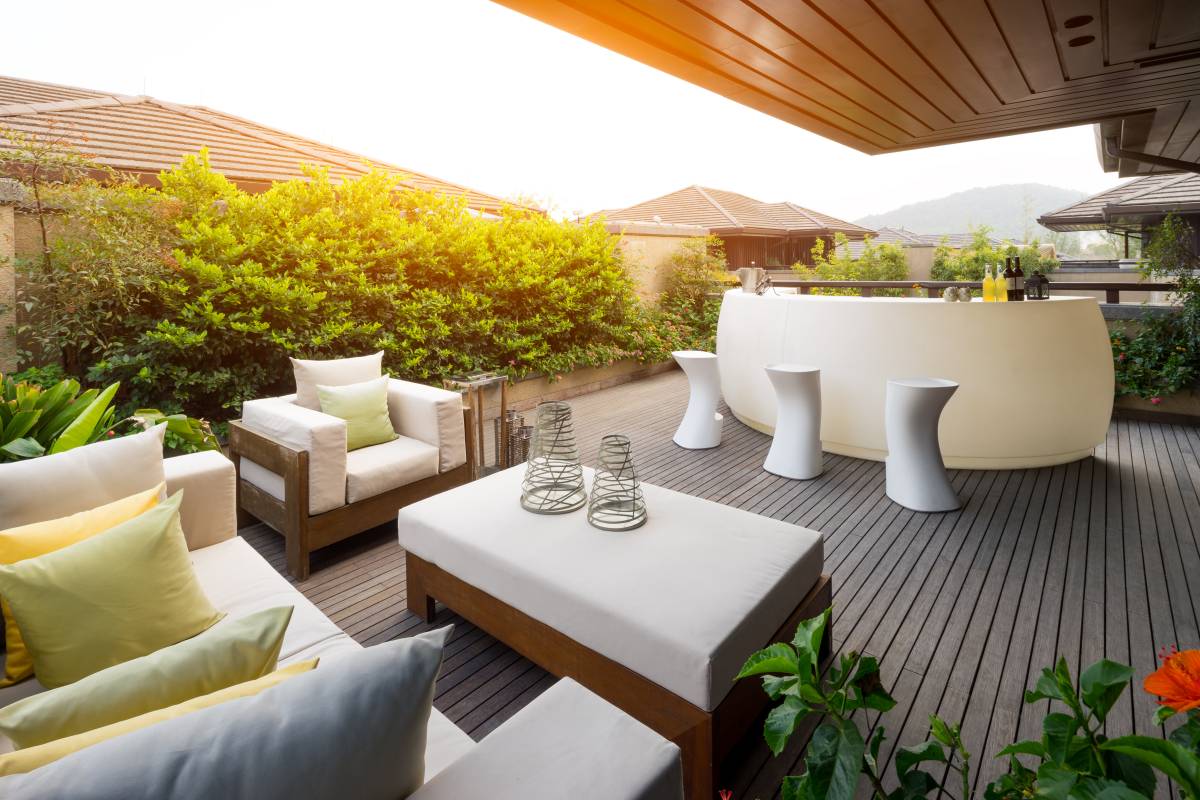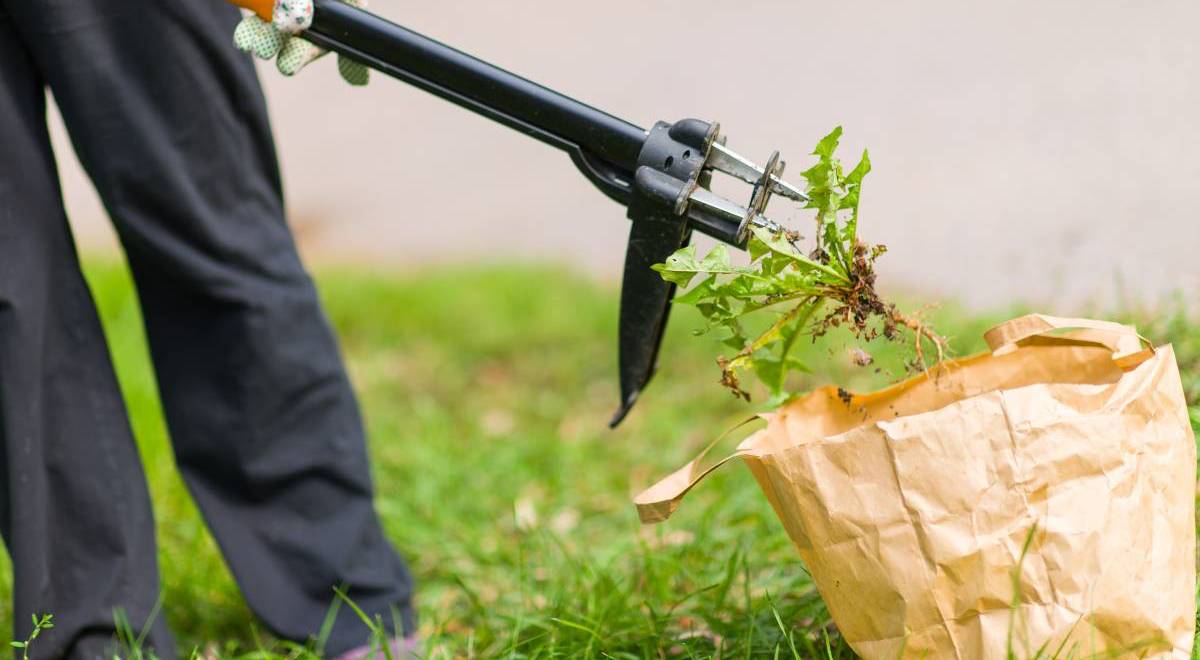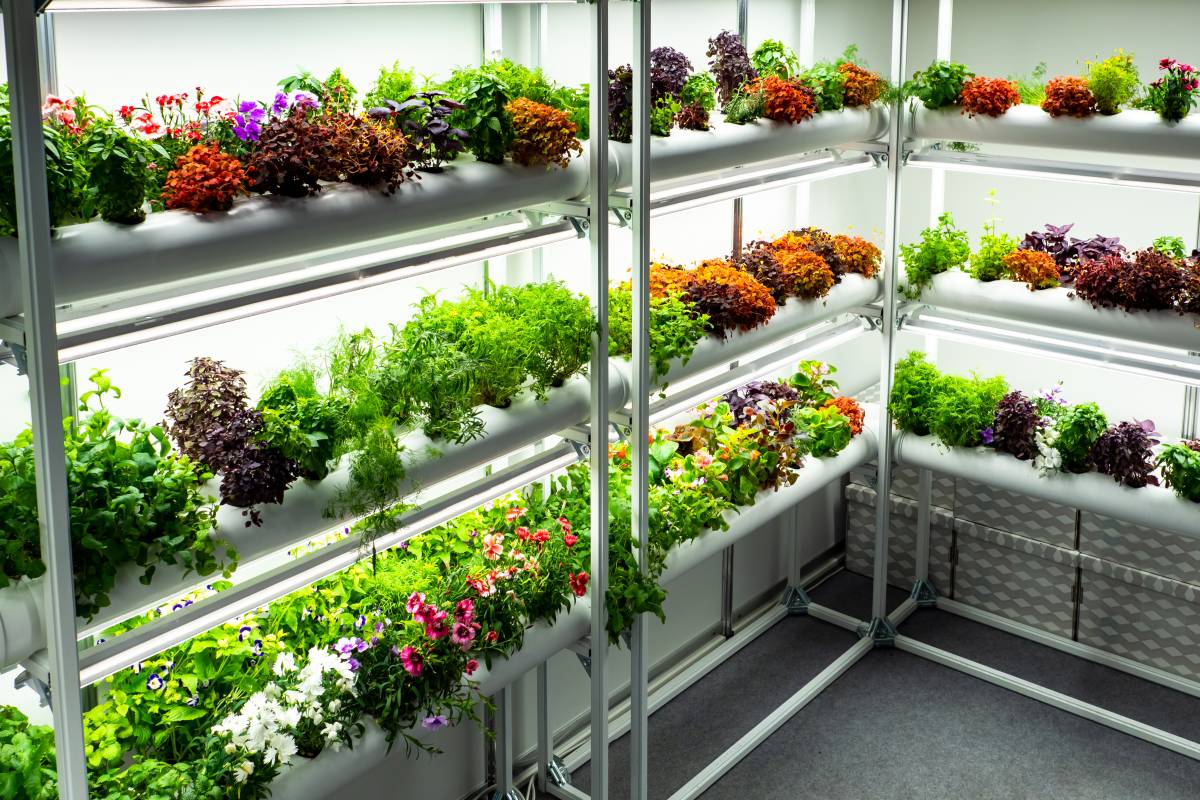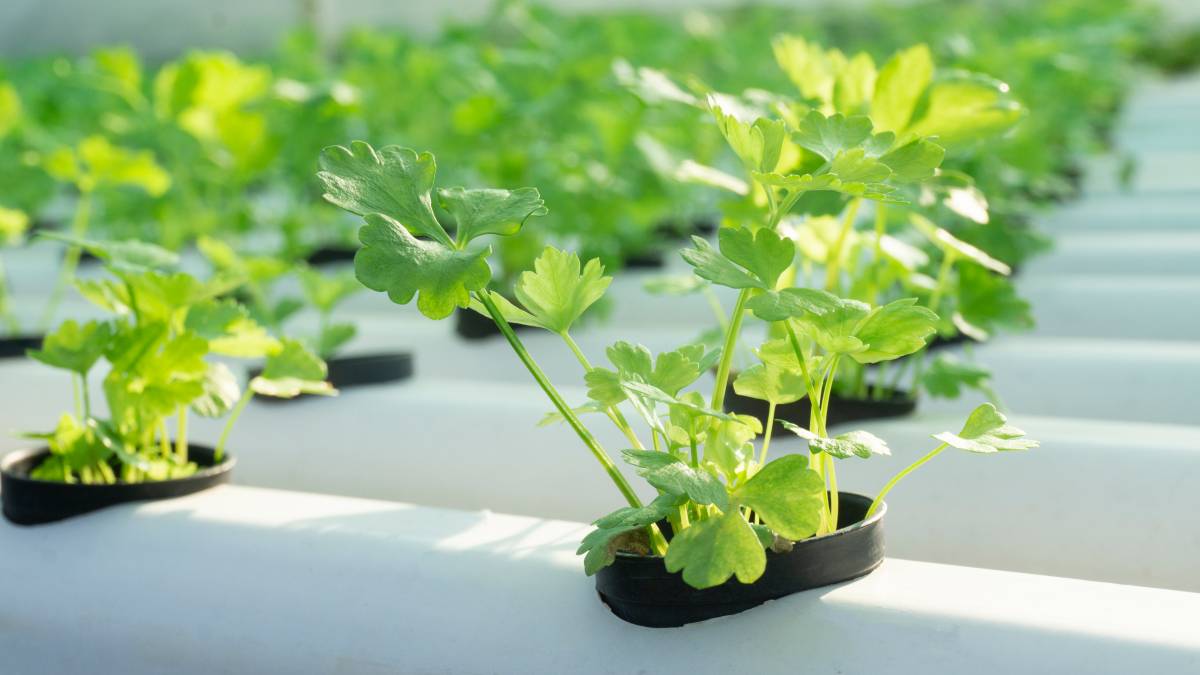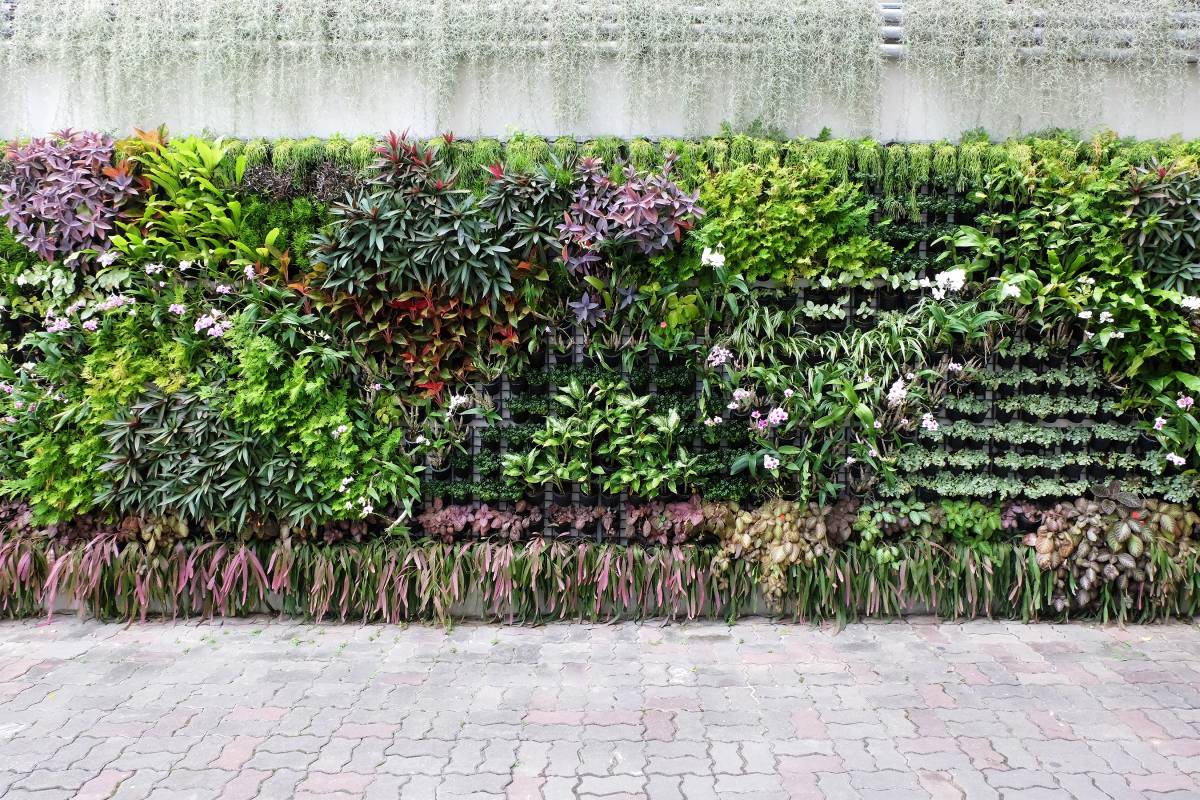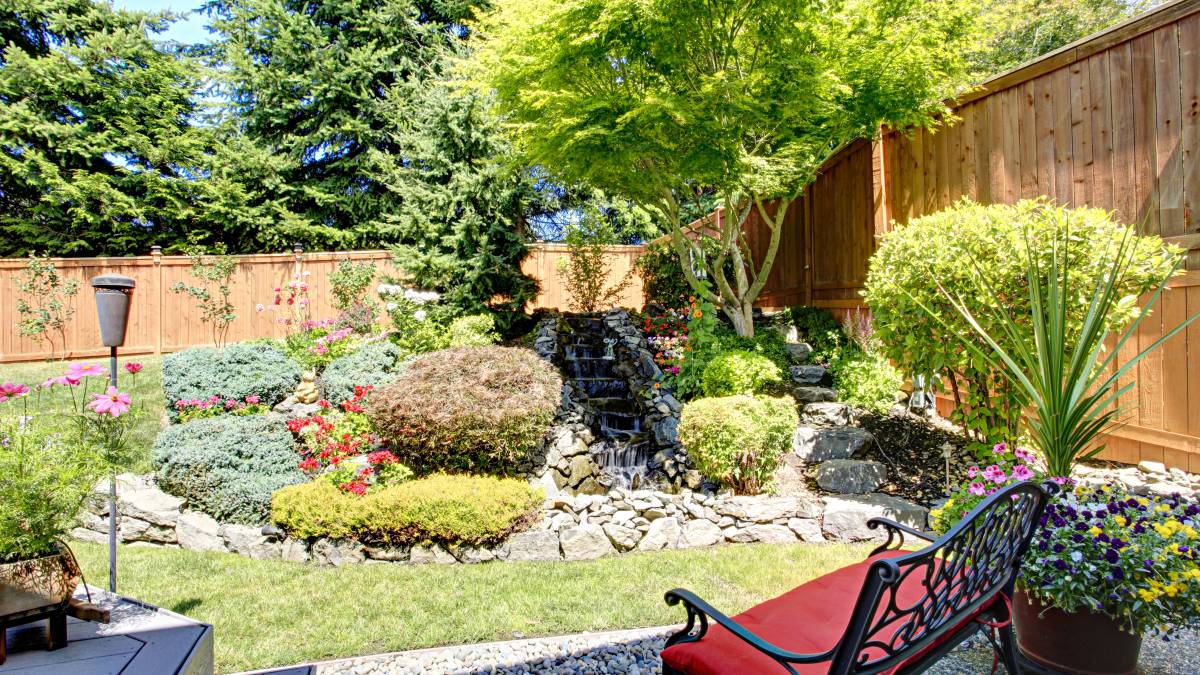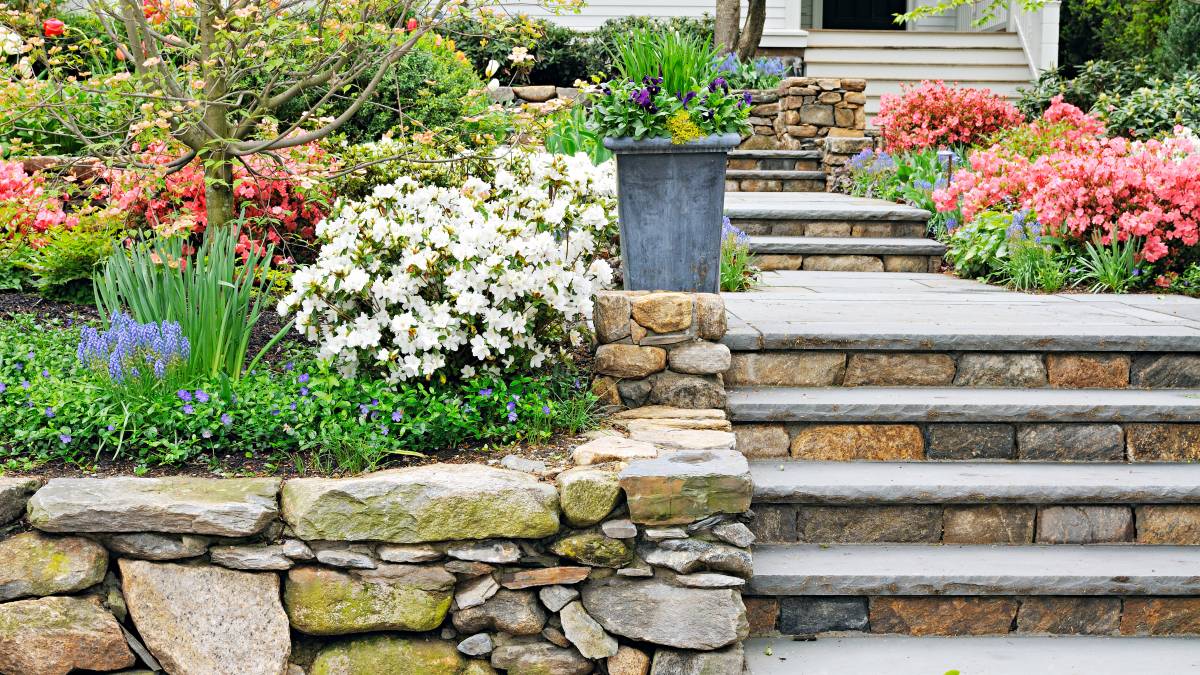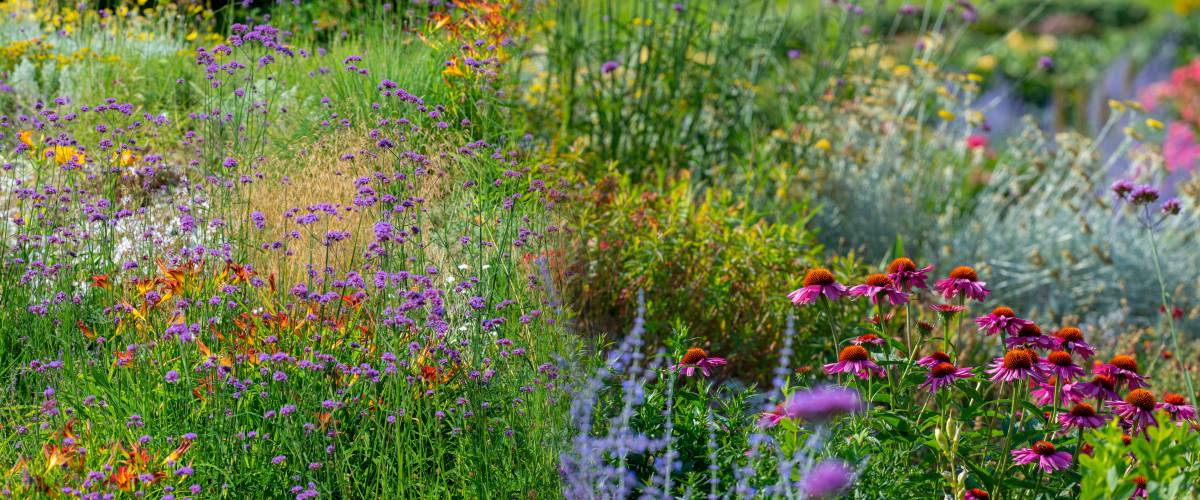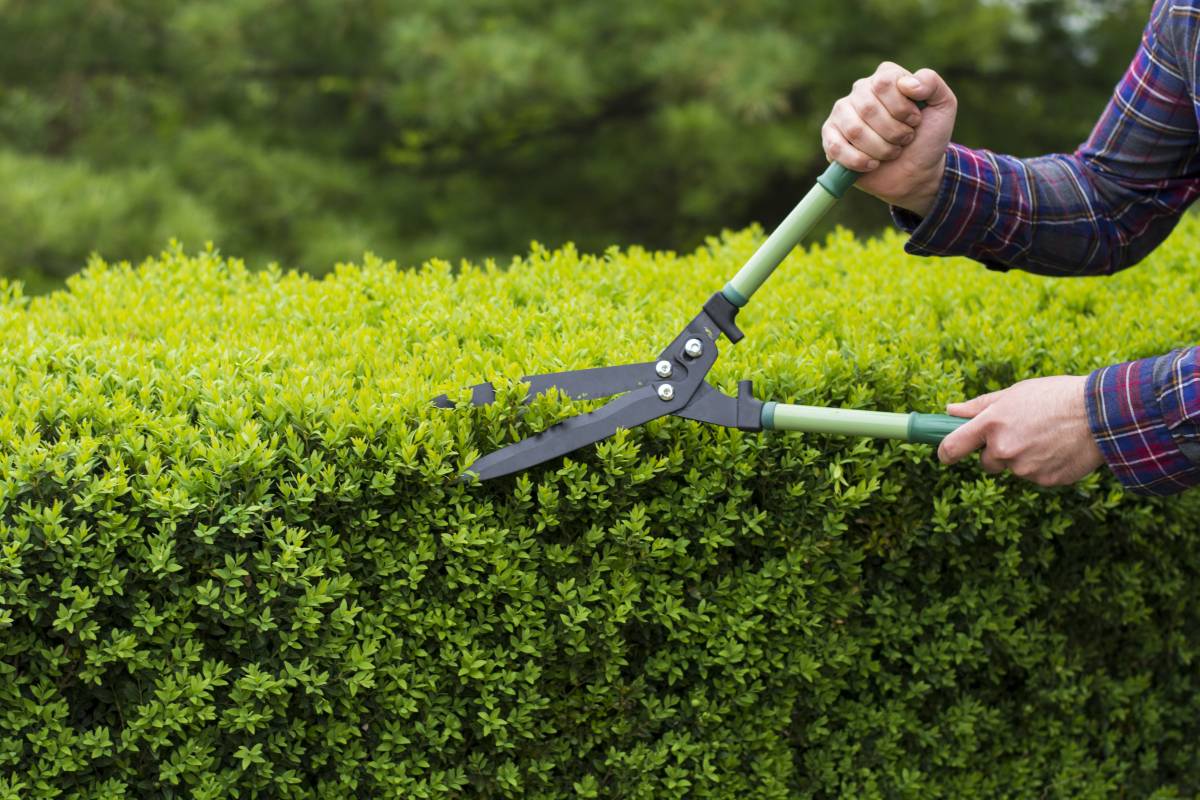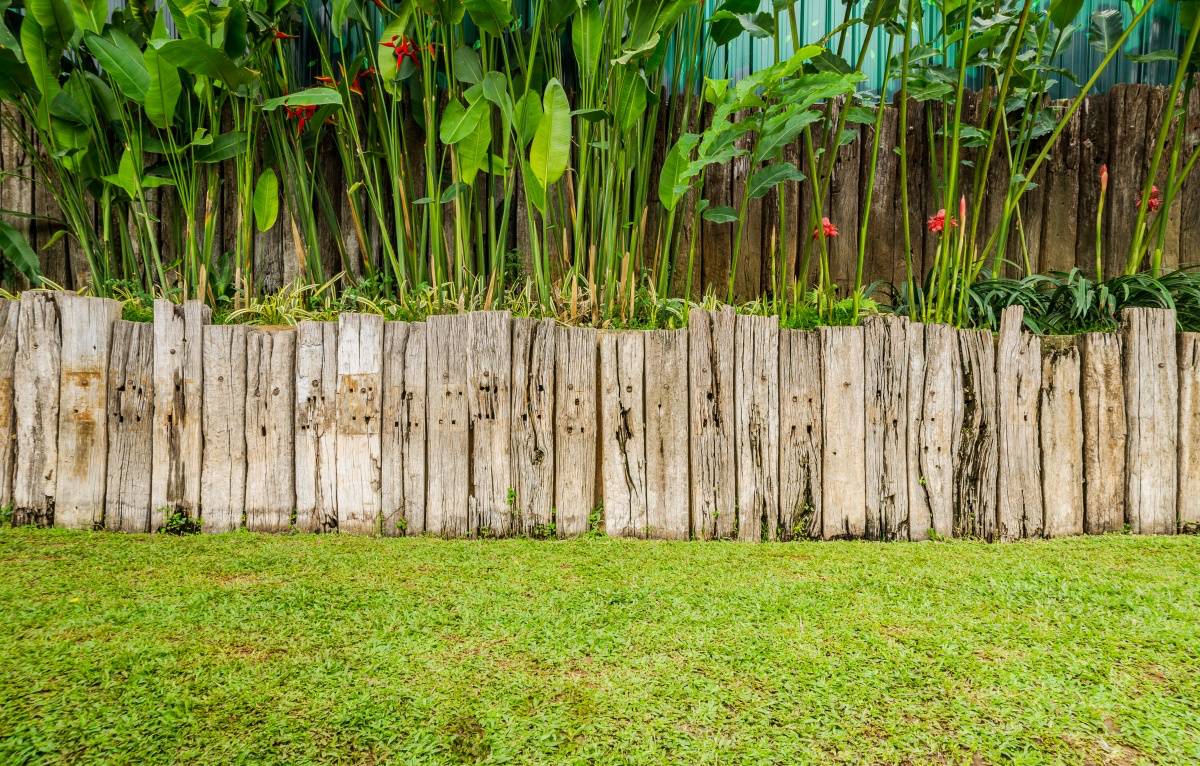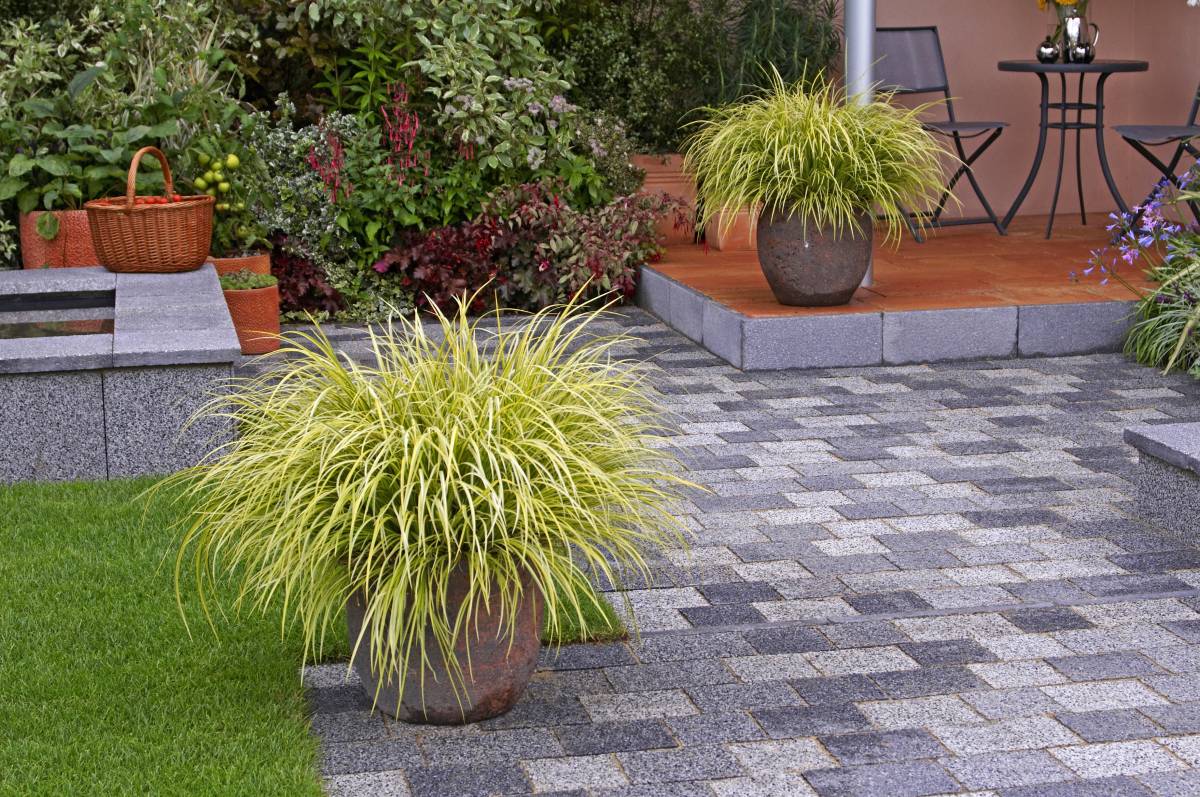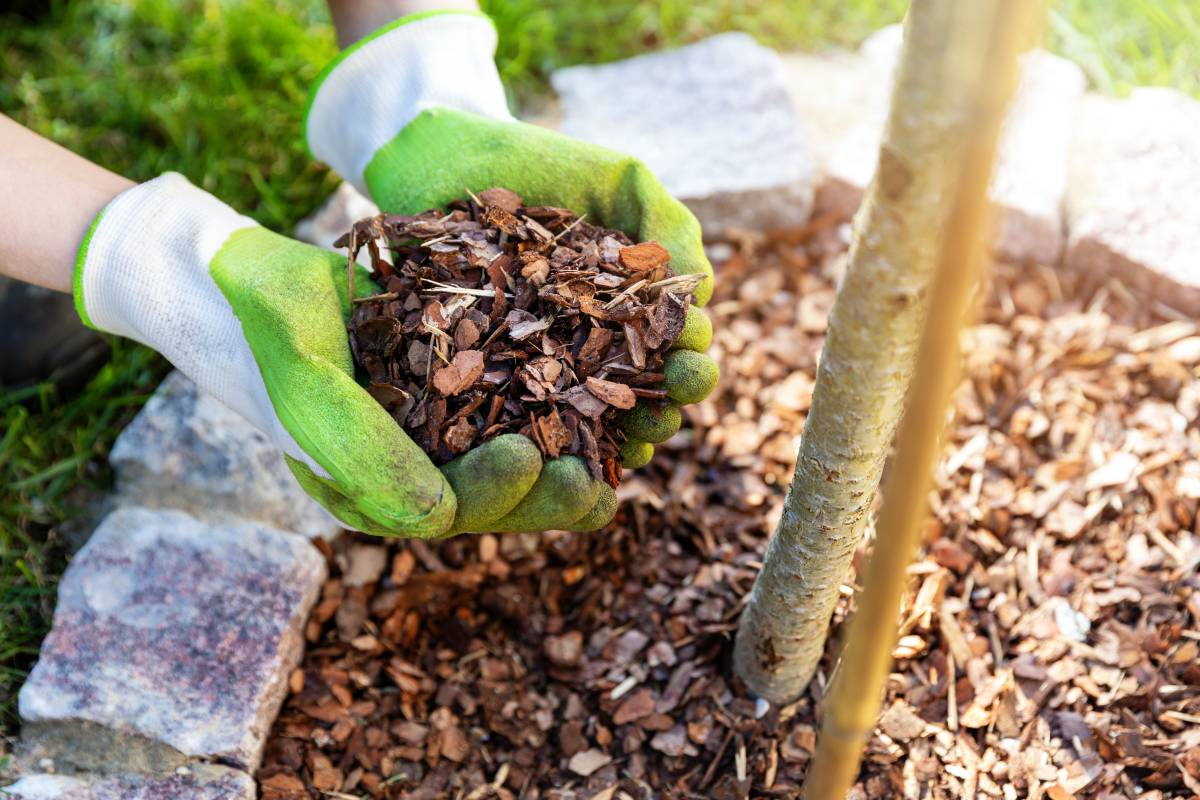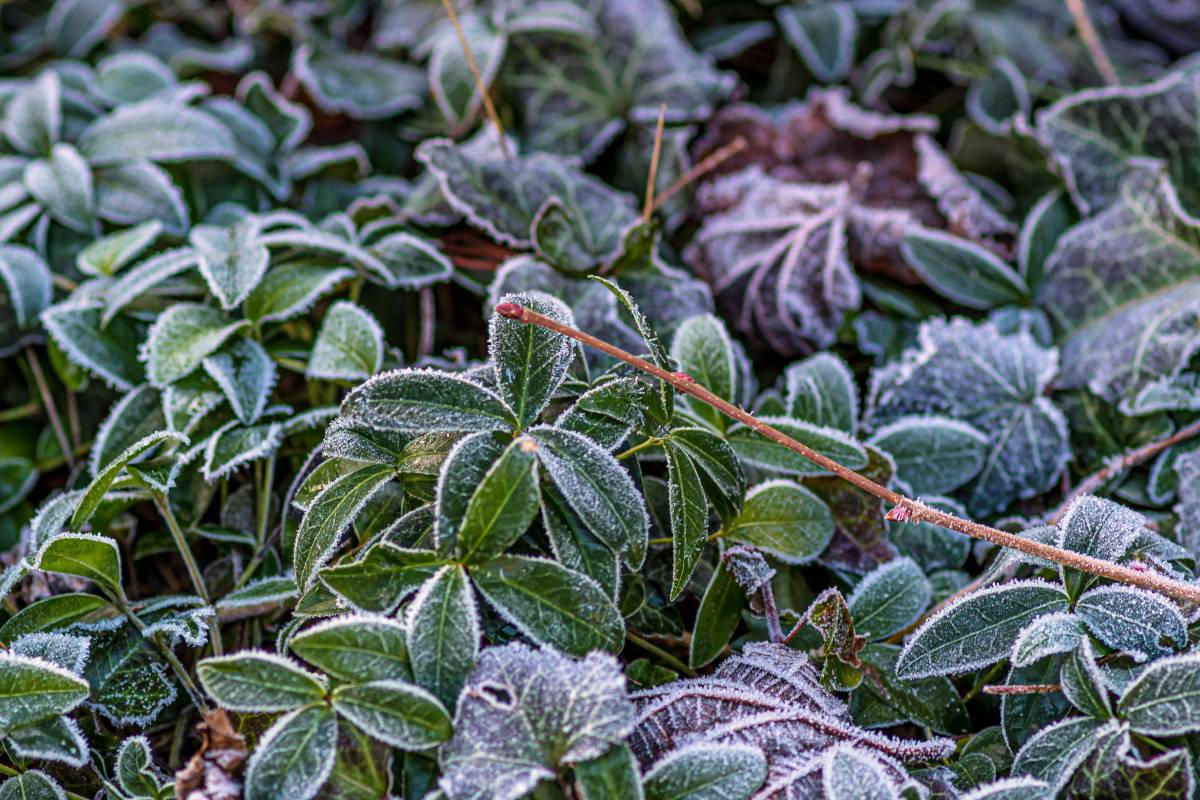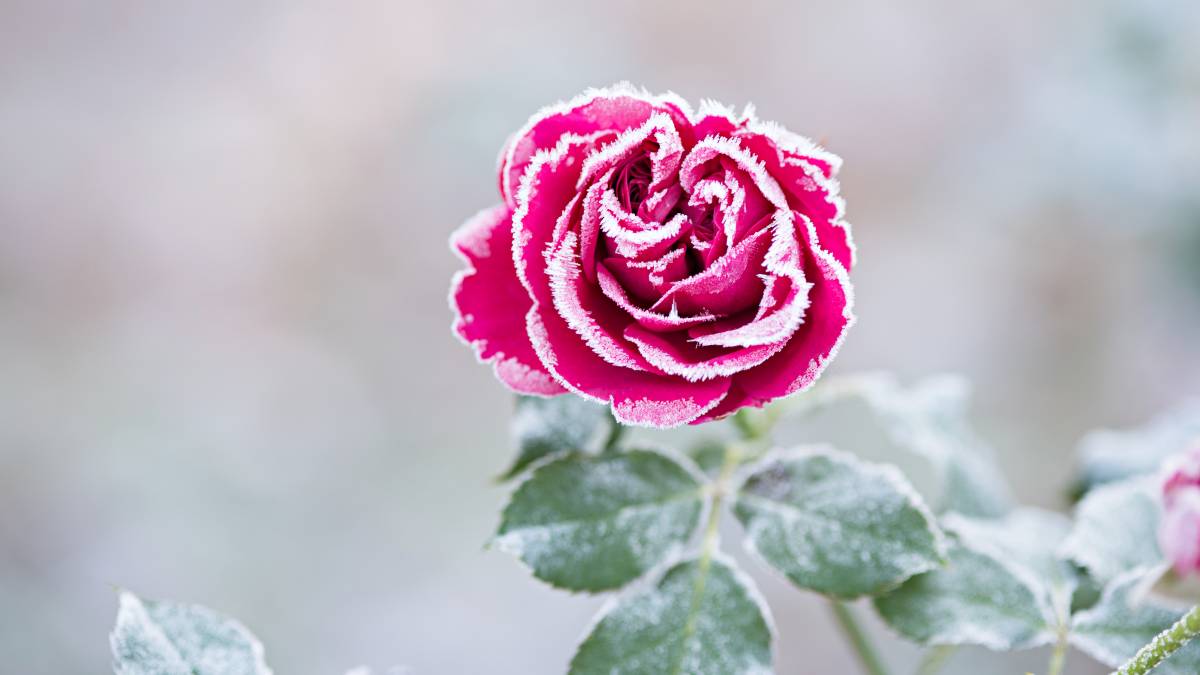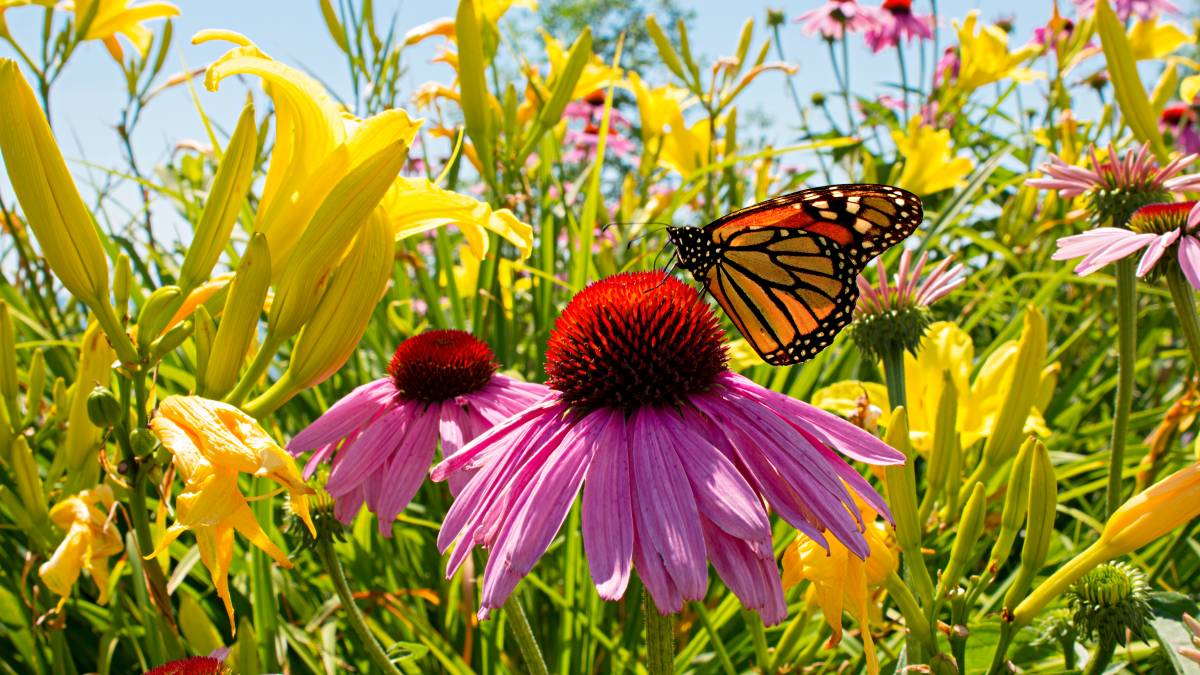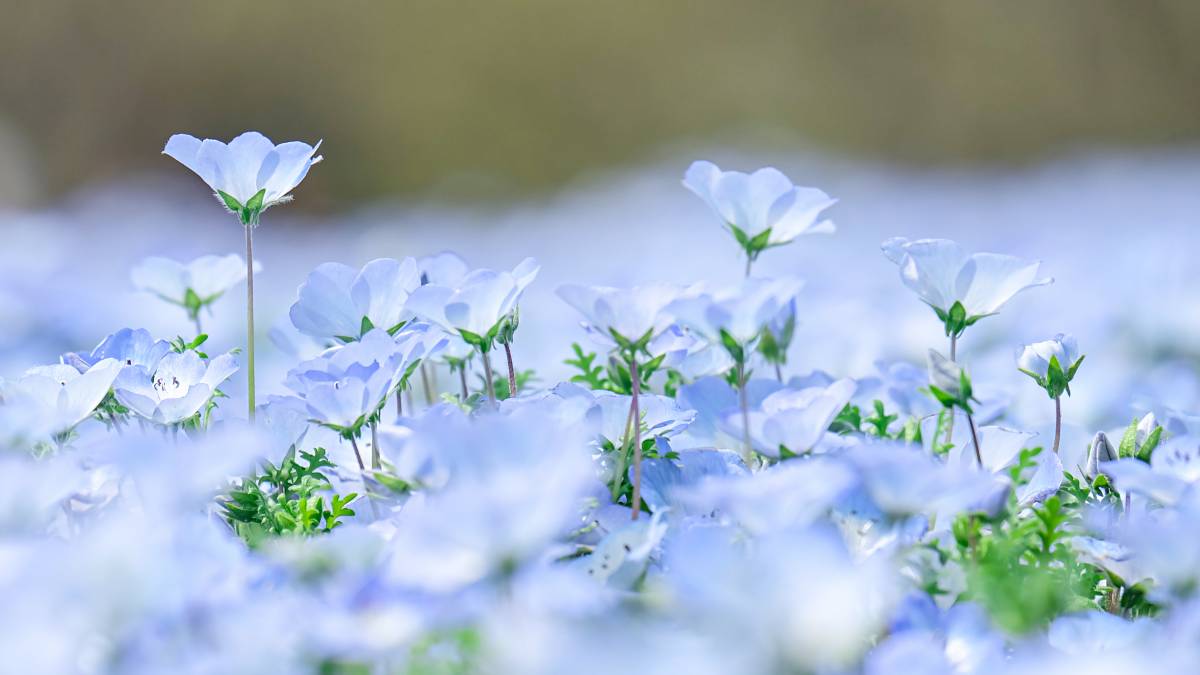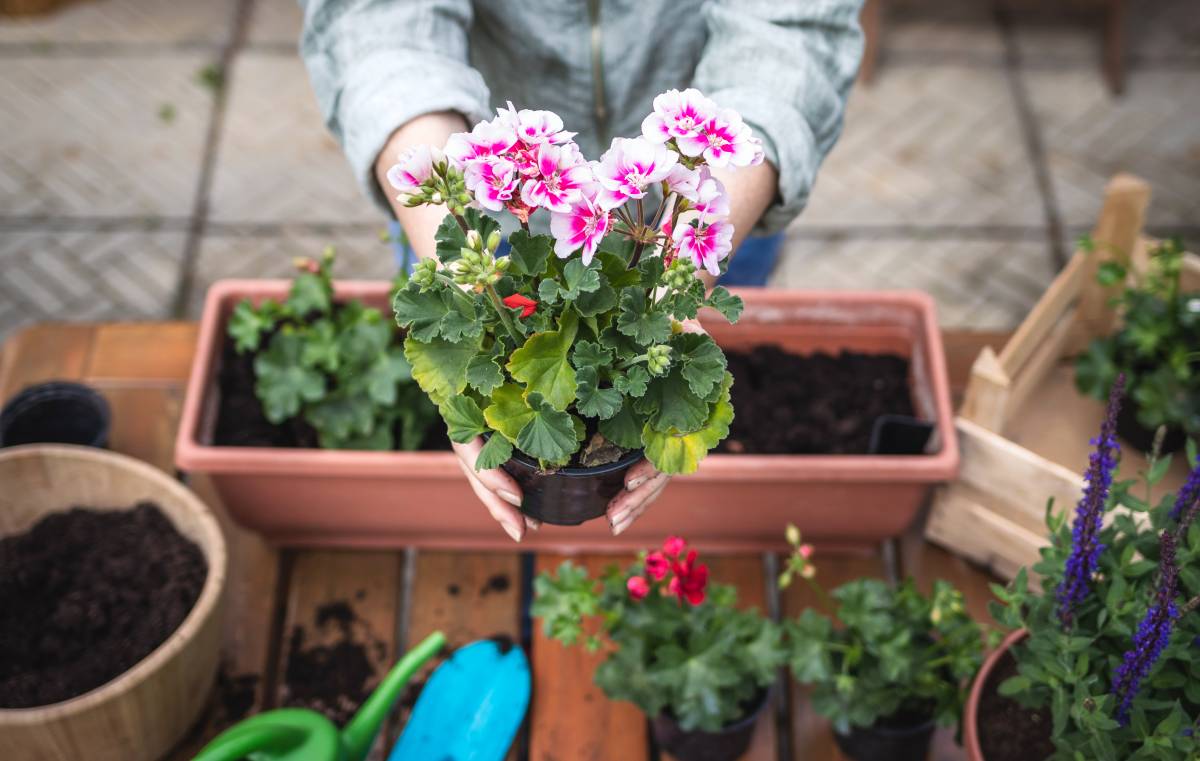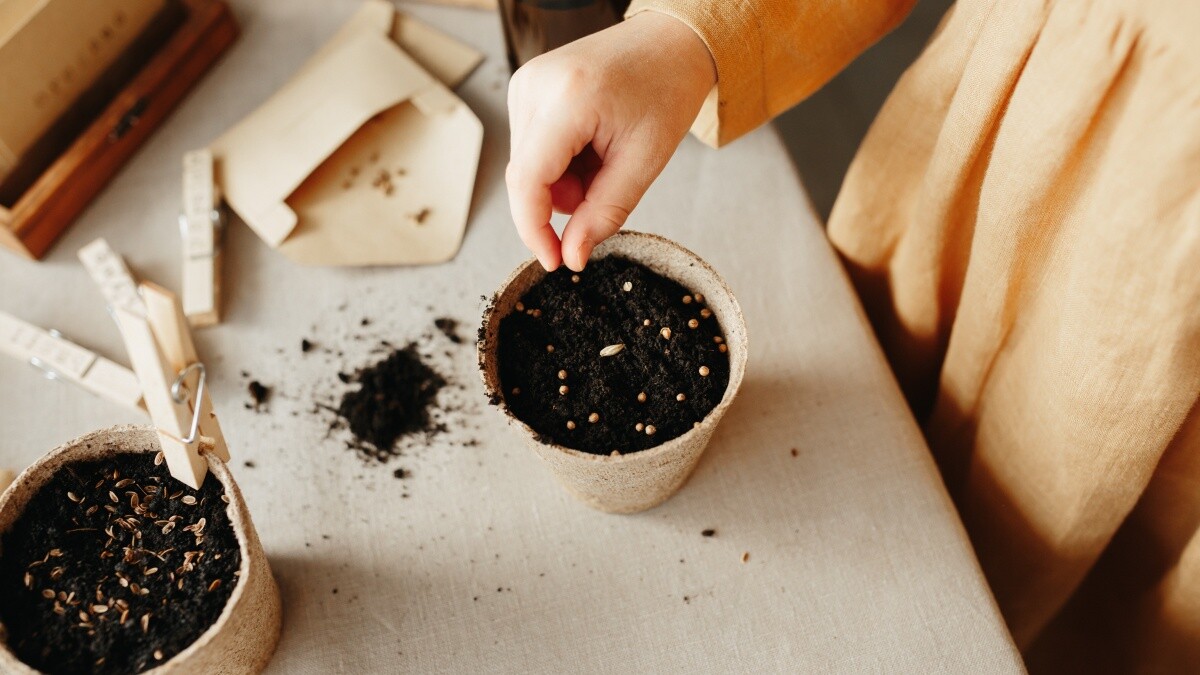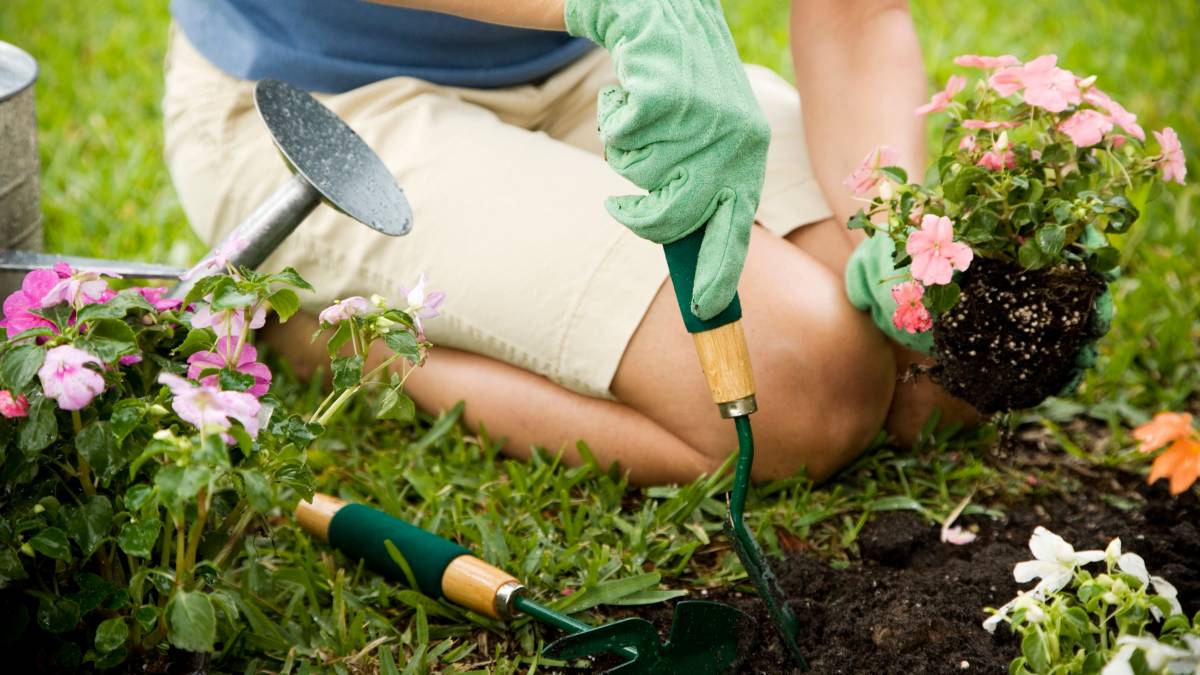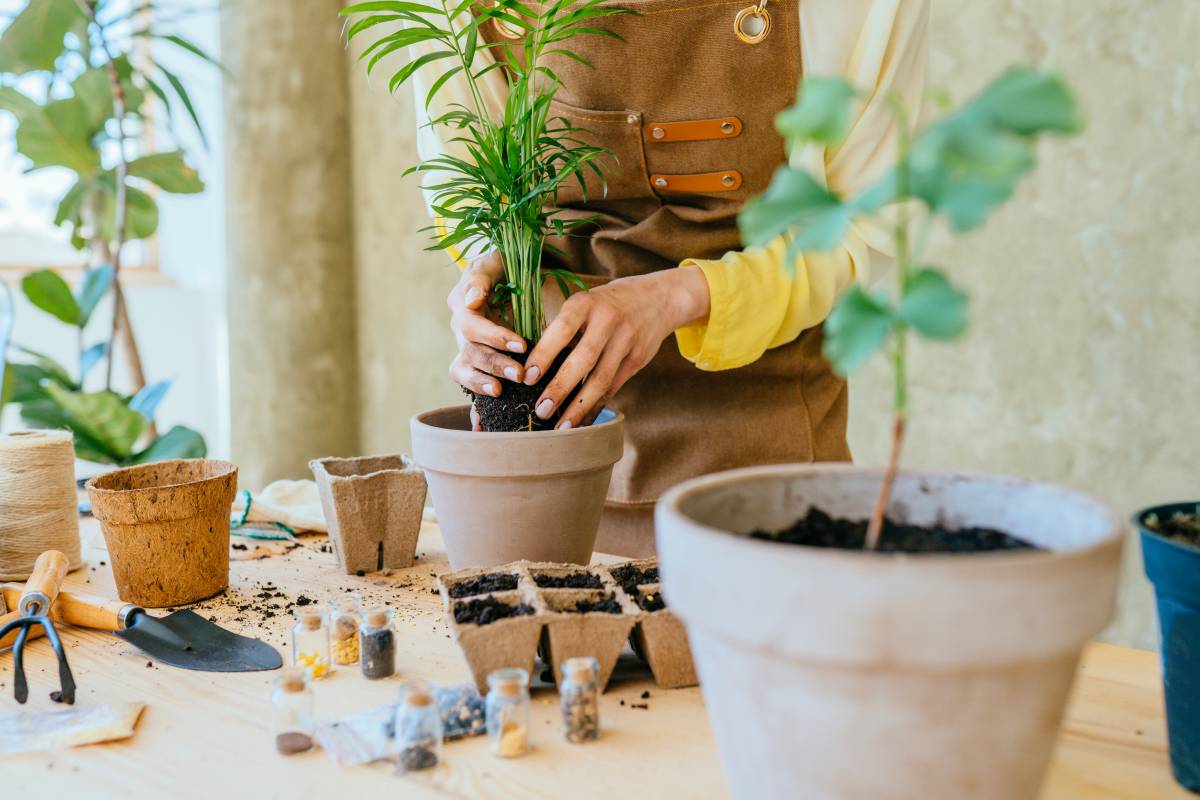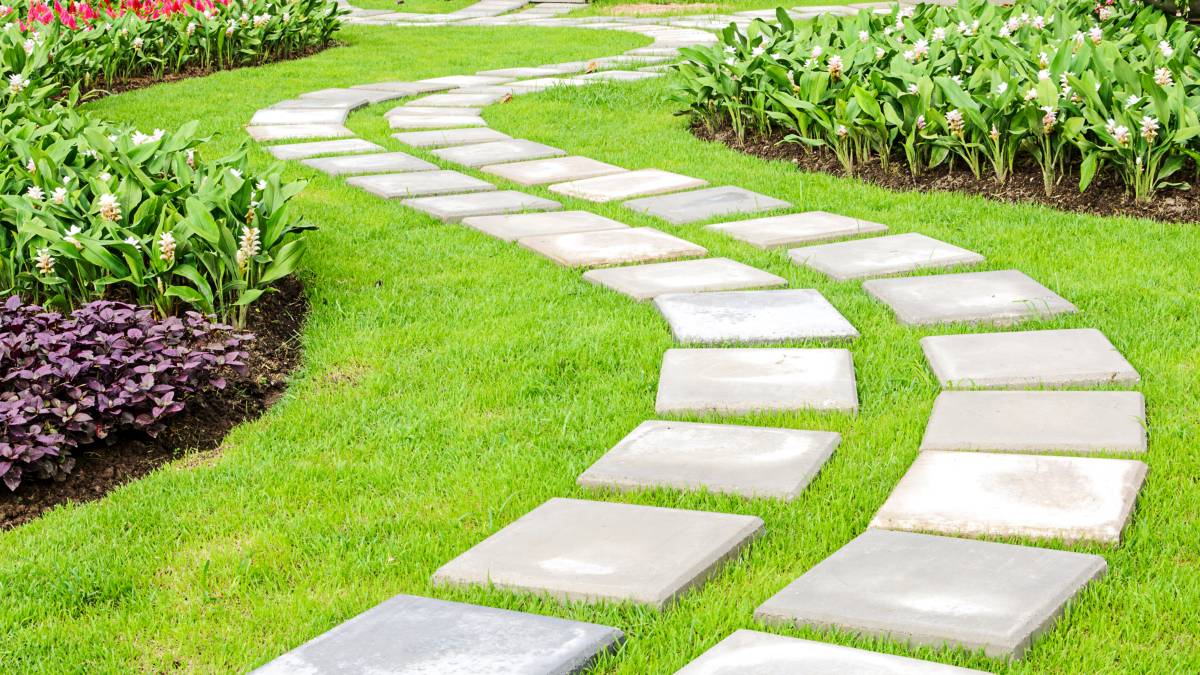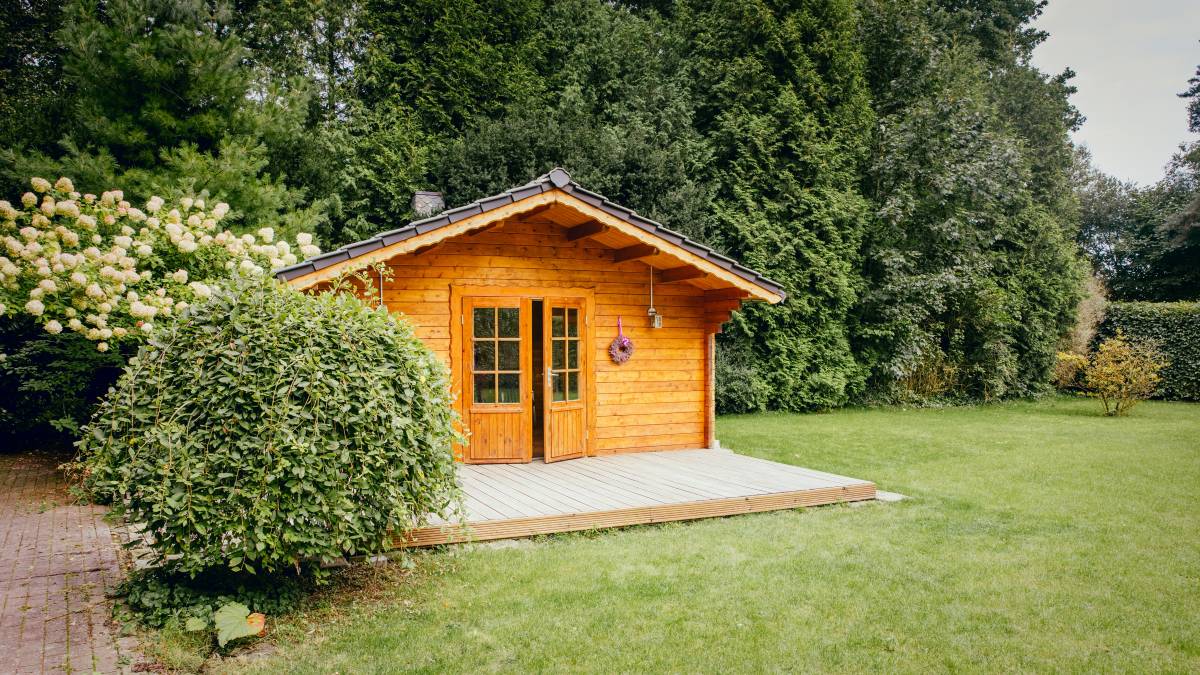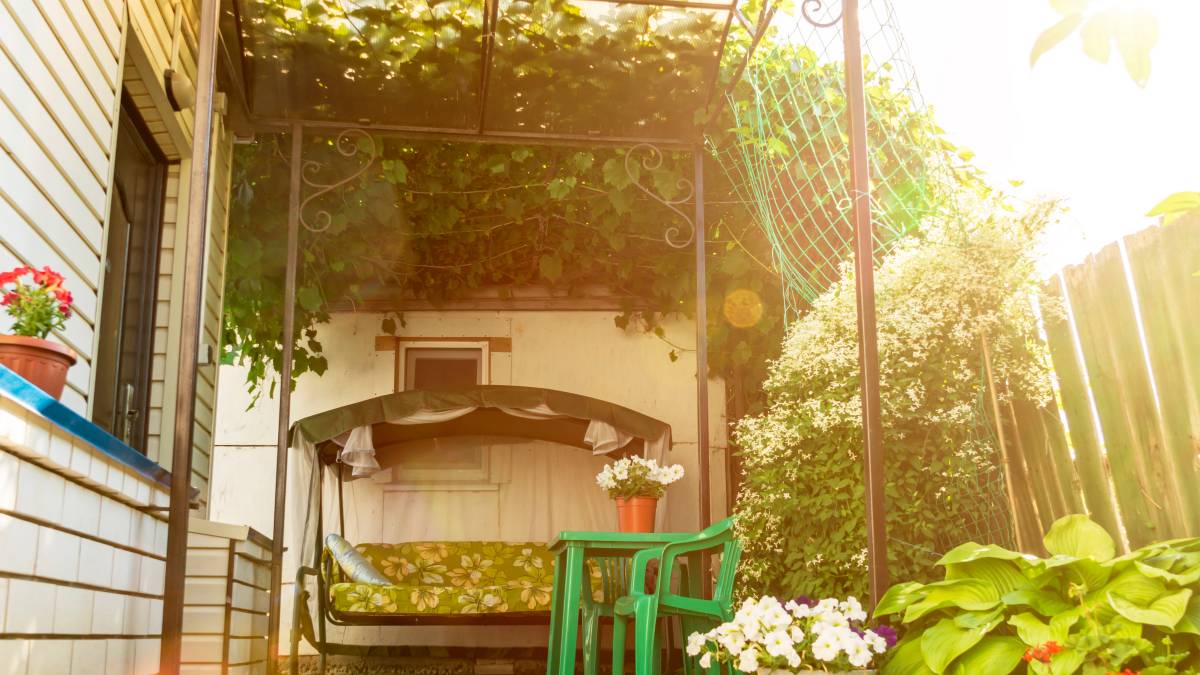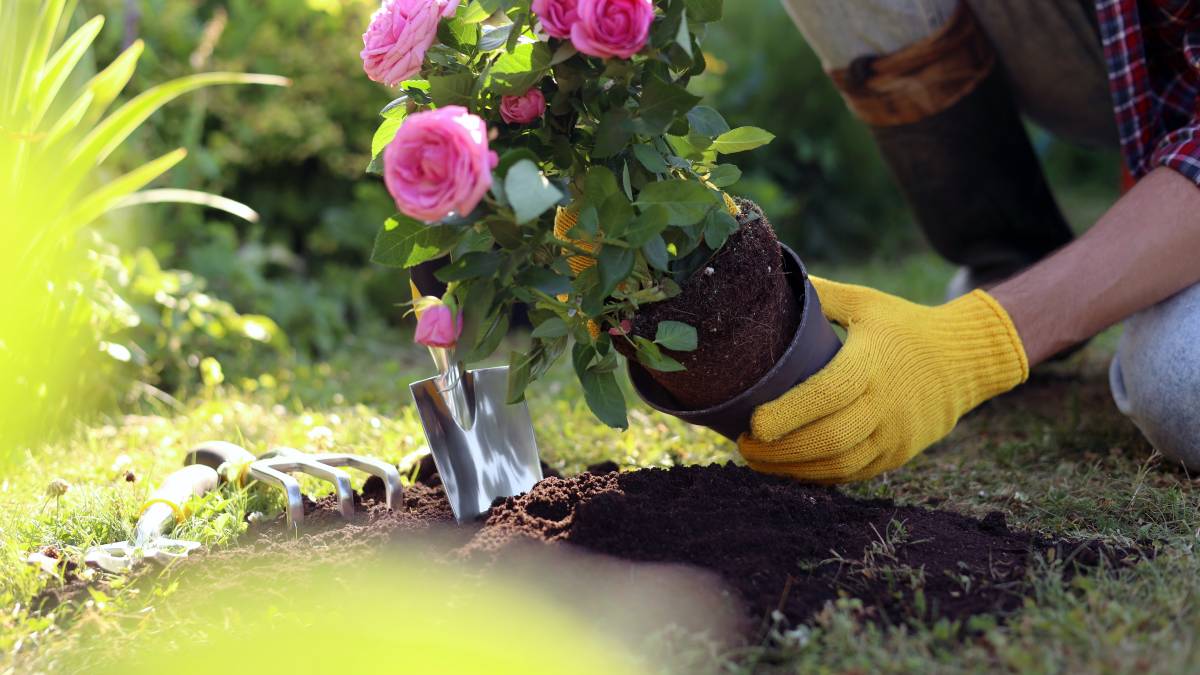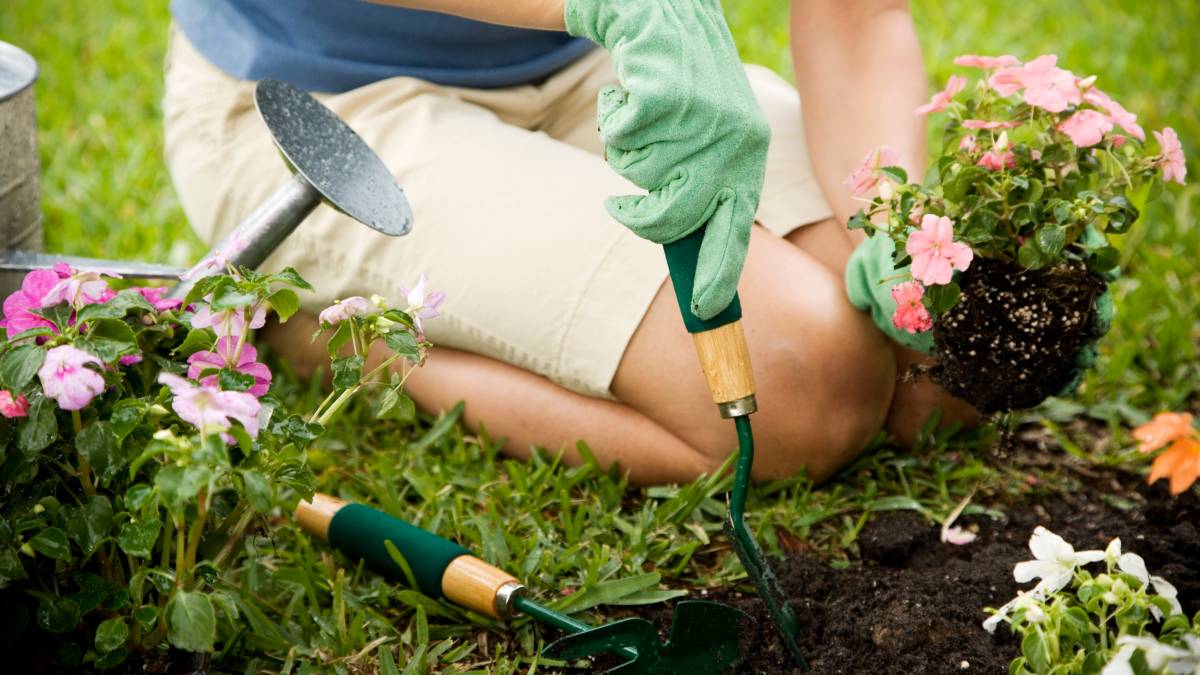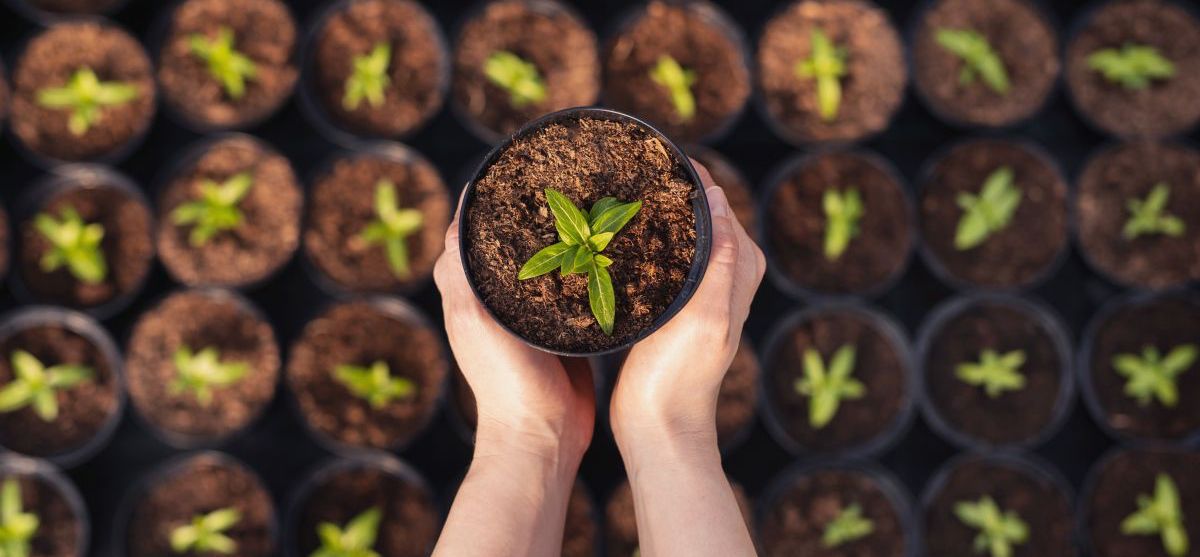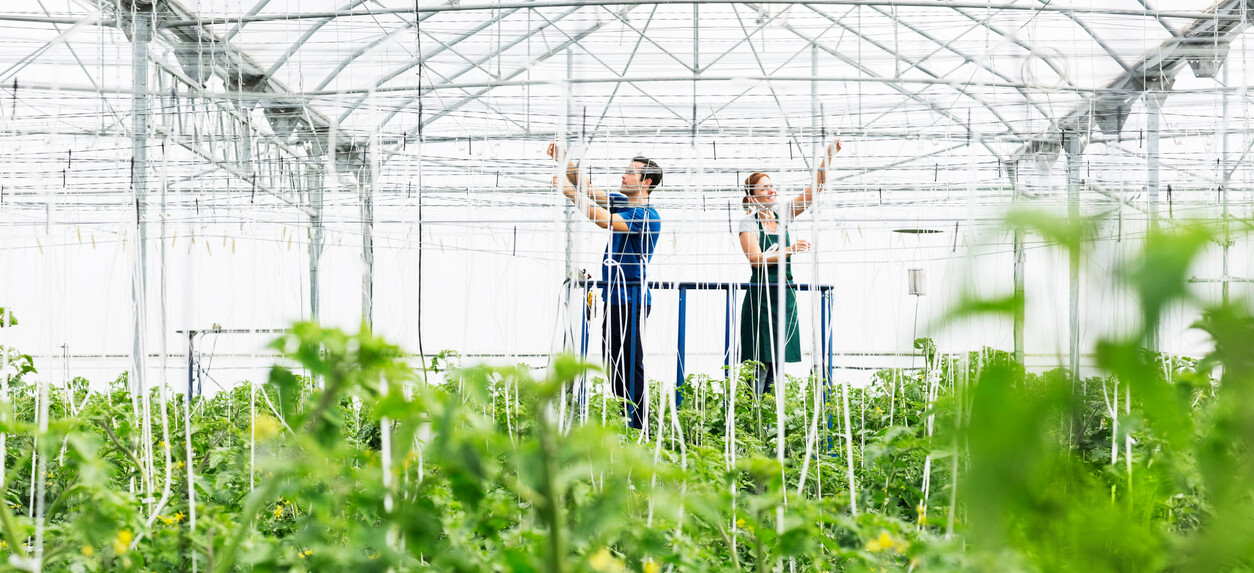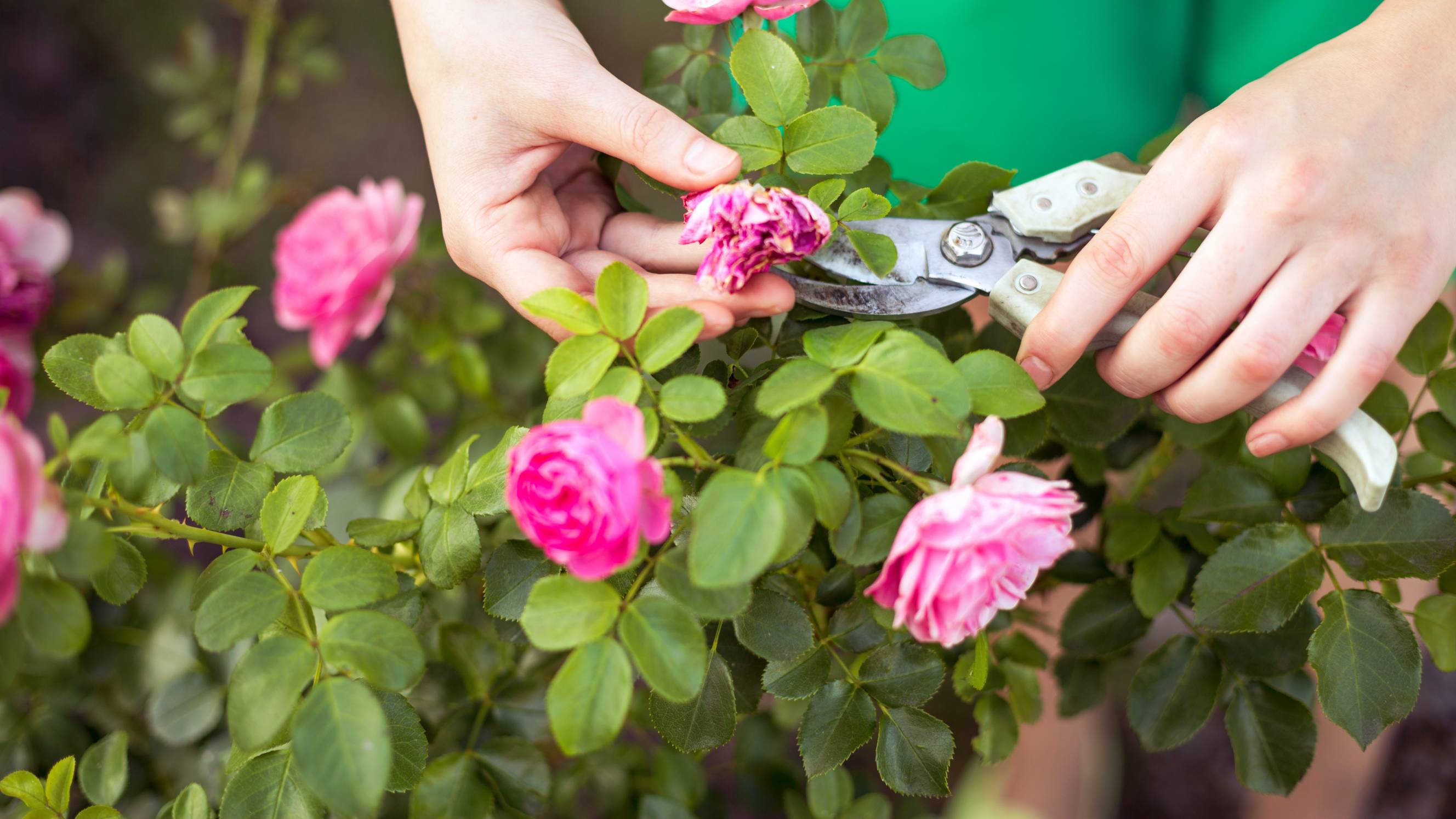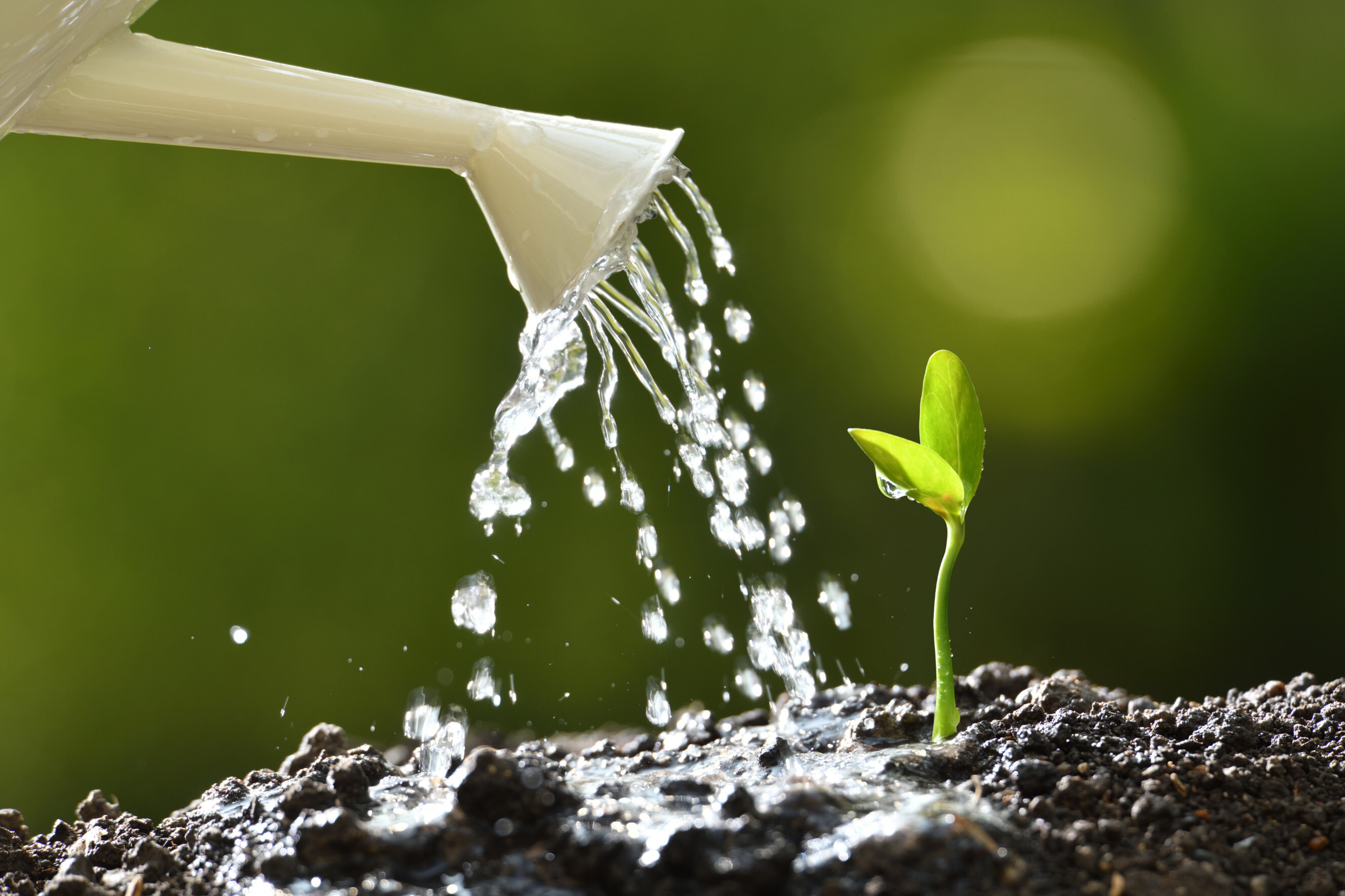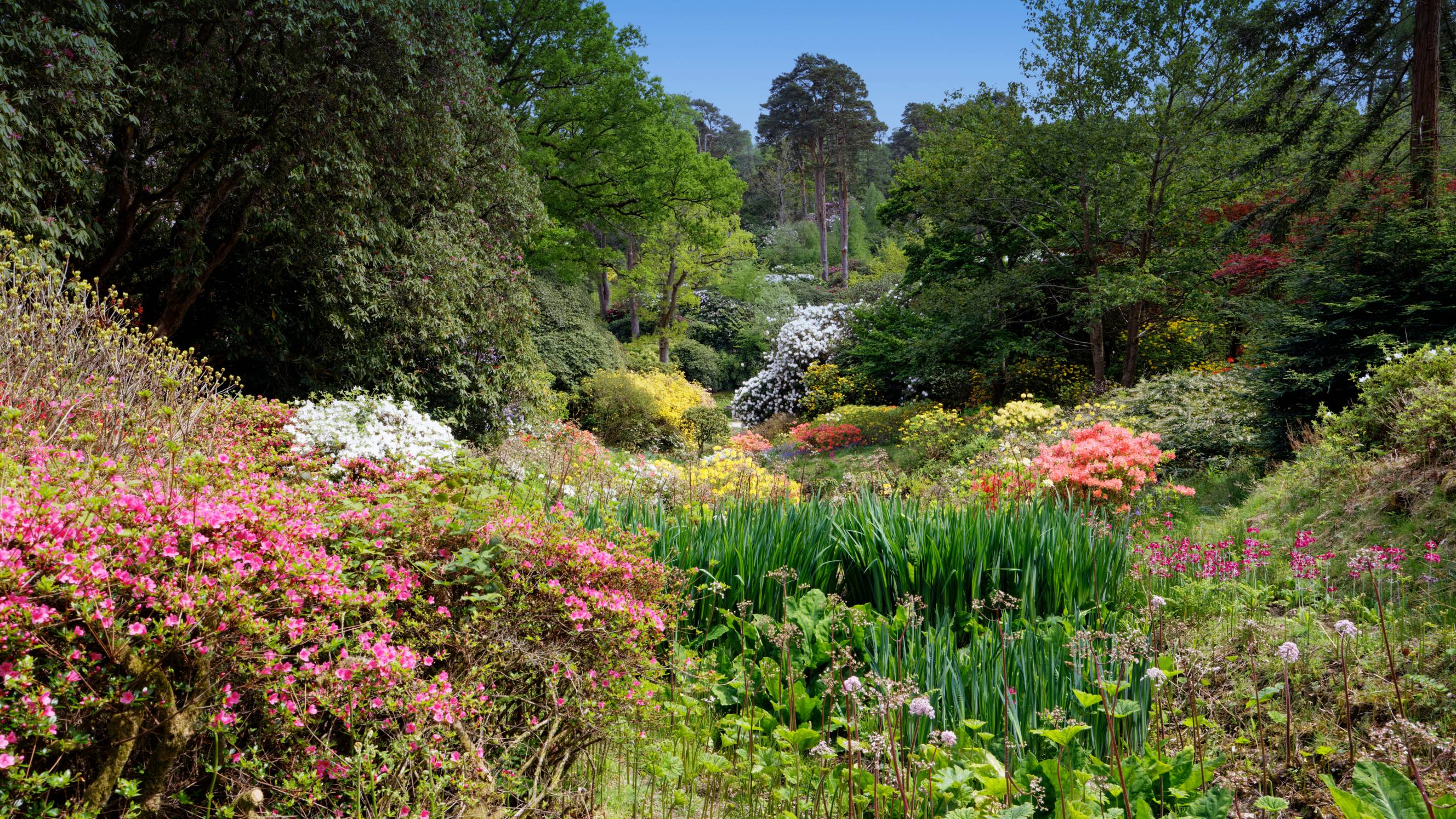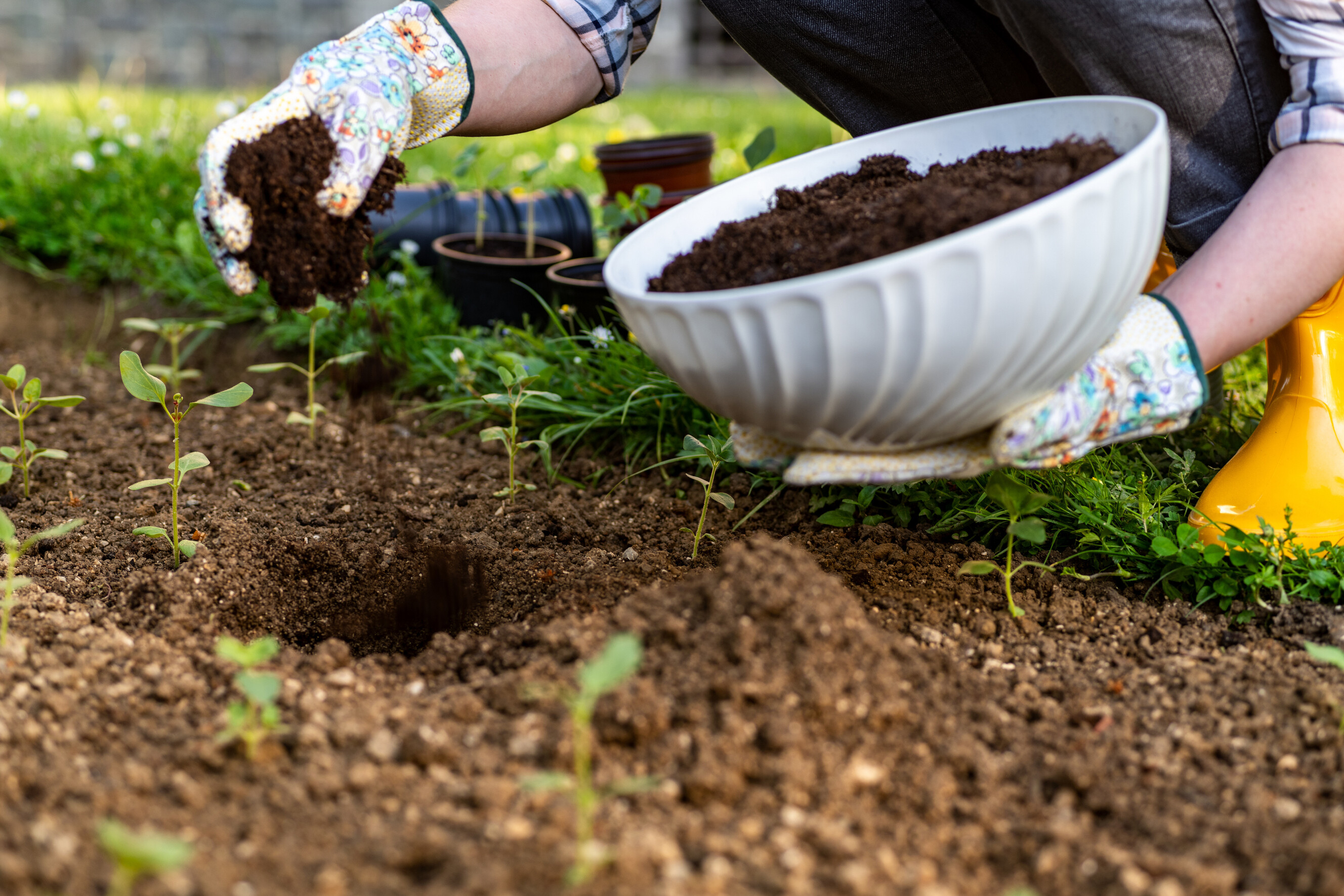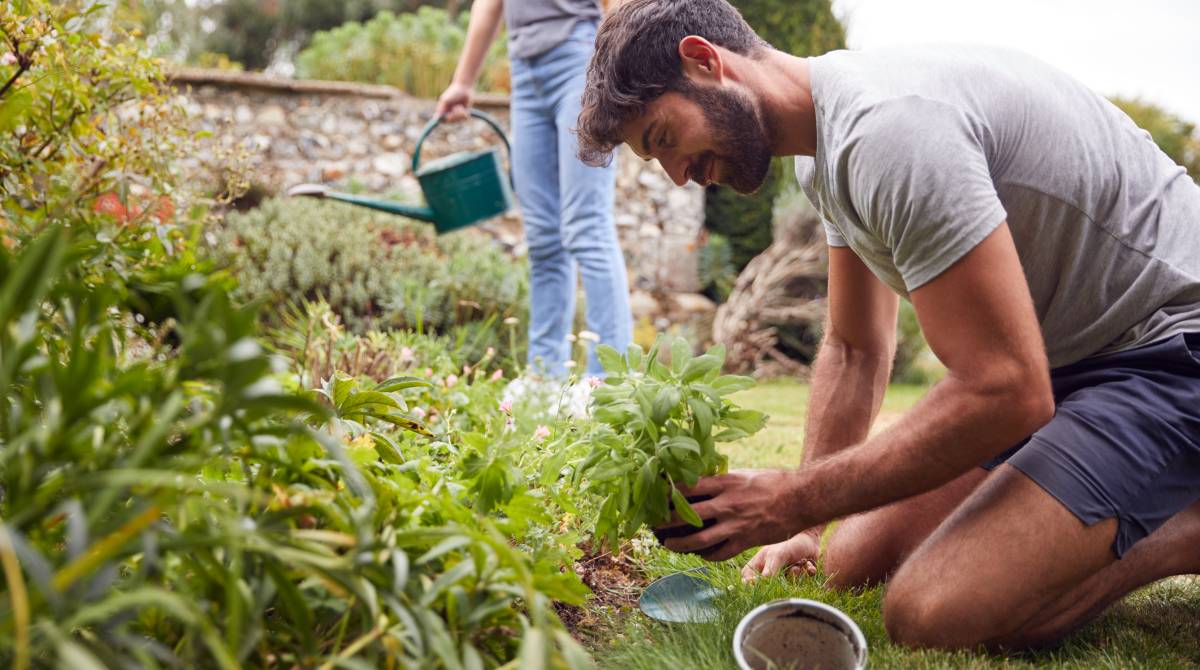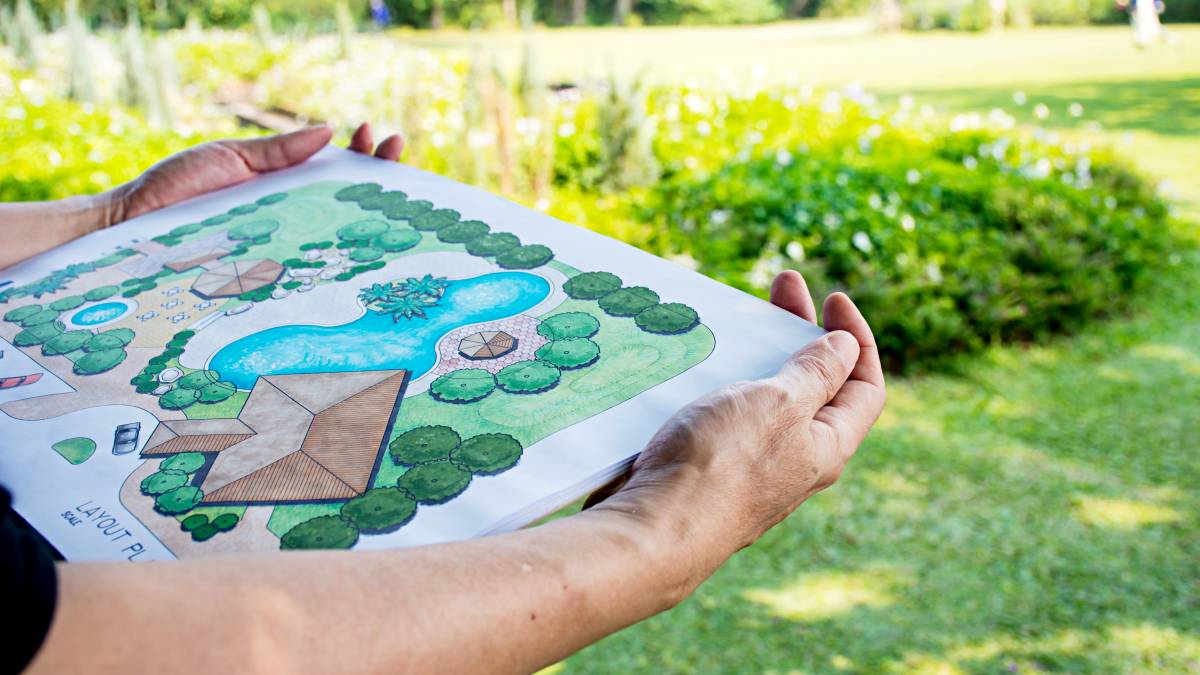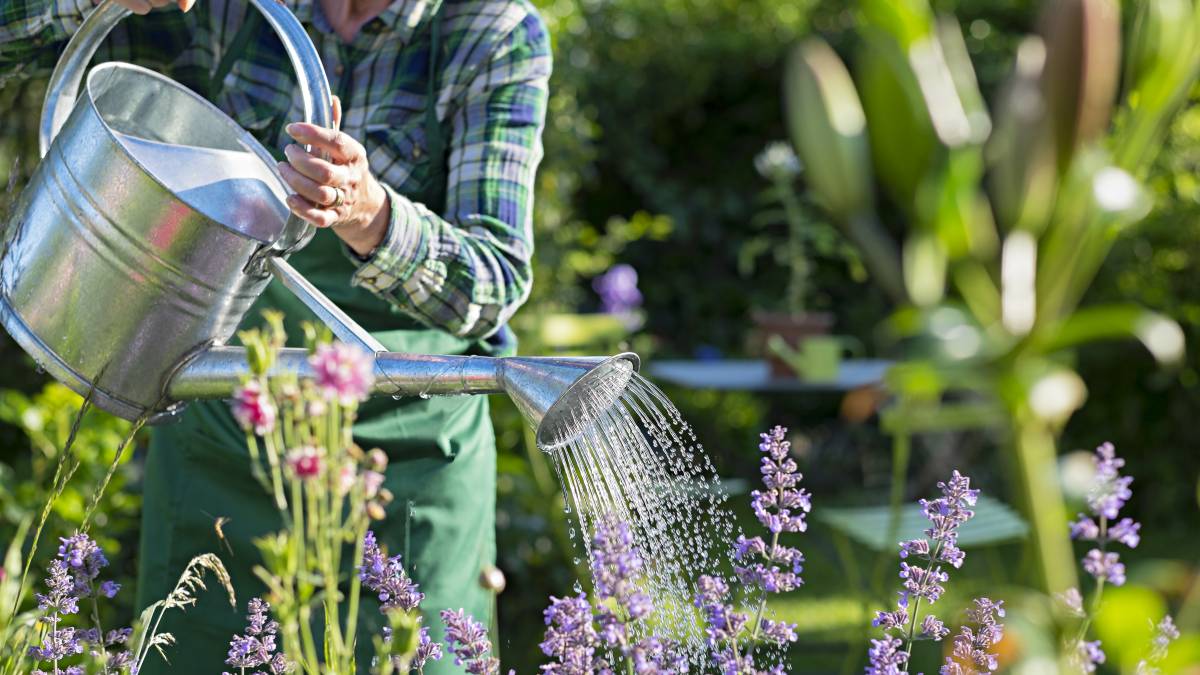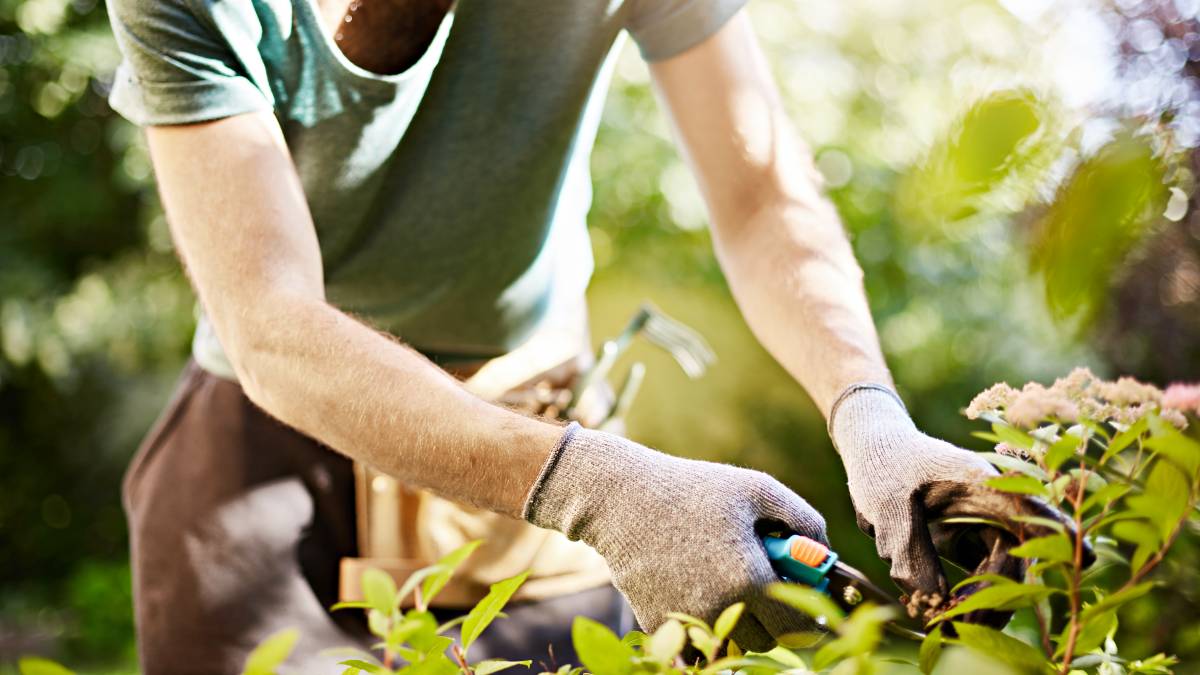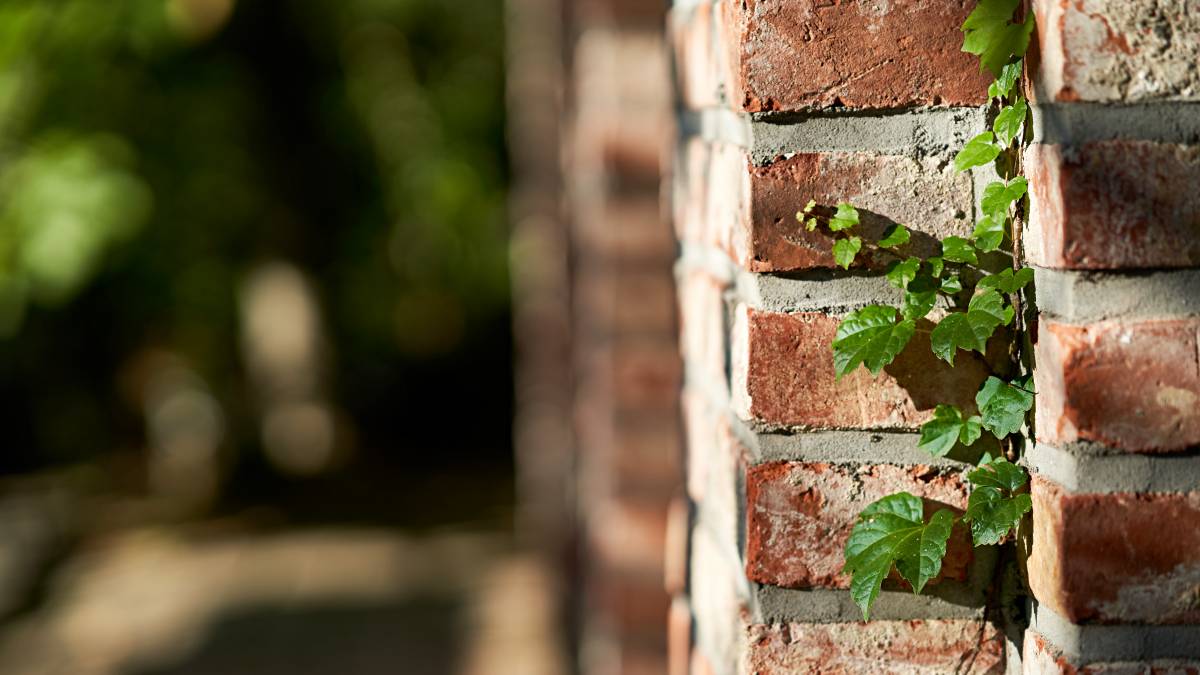
- Home/
- Comparisons/
- Gardening/
- Turf vs Grass
Turf vs. grass: Which is the better choice for your lawn?
Comparing turf and natural grass lawn in terms of installation, appearance, and more.
Published on

Written by Cielo B.
Staff Writer
Read more about our contributor
Key Facts
Turf grass consists of plastic blades made from polyethene, polypropylene, and nylon, designed to mimic natural grass. These blades are attached to a durable backing, often with additional padding for shock absorption and comfort.
A natural grass lawn is an organic grass surface grown from seed, requiring sunlight, water, and soil to thrive. It demands regular maintenance, including watering, irrigation, and mowing, but offers an authentic feel and environmental benefits like heat absorption.
It’s nice to have a lush grass lawn in your backyard where you can relax and your kids and pets can play comfortably all day. But you may be holding back because of the long-term maintenance and cost of lawns. If you’re looking into lawns and unsure which to choose, it would help to understand first the differences between popular lawn types, turf vs. grass.
What is turf?
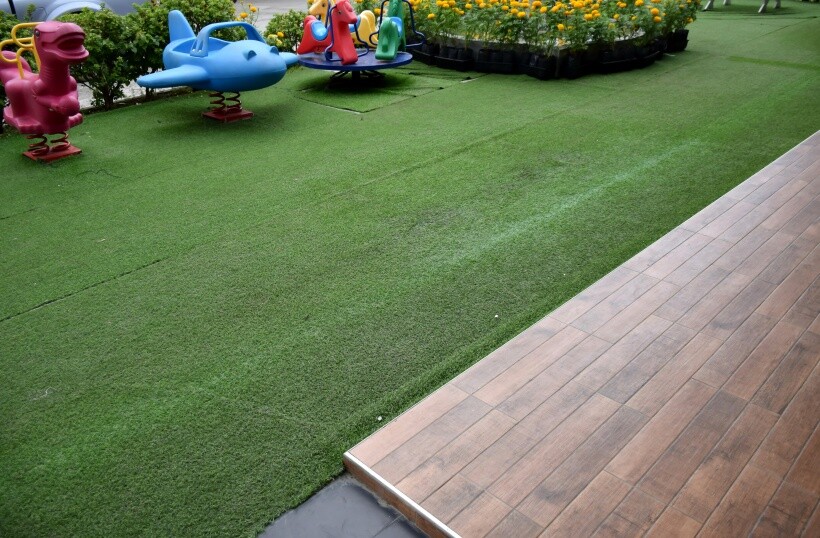 Artificial turf used as a durable surface for a playground and garden area. (Source: iStock)
Artificial turf used as a durable surface for a playground and garden area. (Source: iStock)
Synthetic turf mimics natural grass with plastic turf grass blades made from polyethylene, polypropylene, and nylon. It appears like natural grass with plastic blades attached to a backing material for stability and durability. You’ll also find additional padding underneath the backing to help absorb shock and provide comfort, making it ideal for outdoor sports fields.
Nowadays, many homeowners also use artificial turf for outdoor spaces because turf comes with an infill such as crumb rubber made from old scrap tires and sand. Some even use organic infills such as cork and coconut fibres for a more environmentally-friendly lawn. These infill materials help provide a cushioned and comfortable space for residential lawns.
Is synthetic turf the same as artificial grass?
Although artificial grass and synthetic turf are made from synthetic fibres, they differ in applications and appearance. An artificial grass lawn is more common in residential lawns because its plastic blades are longer and softer and appear more realistic than synthetic turf. Meanwhile, synthetic turf is mostly used in sports fields because it is designed to be highly durable with better shock absorption. Its plastic blades are also shorter and uniformly lightish green.
Turf is commonly known as a synthetic grass lawn, but you can also find organic turf, also known as sod. It’s a pre-grown grass similar to natural grass but managed organically. Organic turf can be harvested and transplanted to lawns, quickly fixing bare patches.
What is a grass lawn?
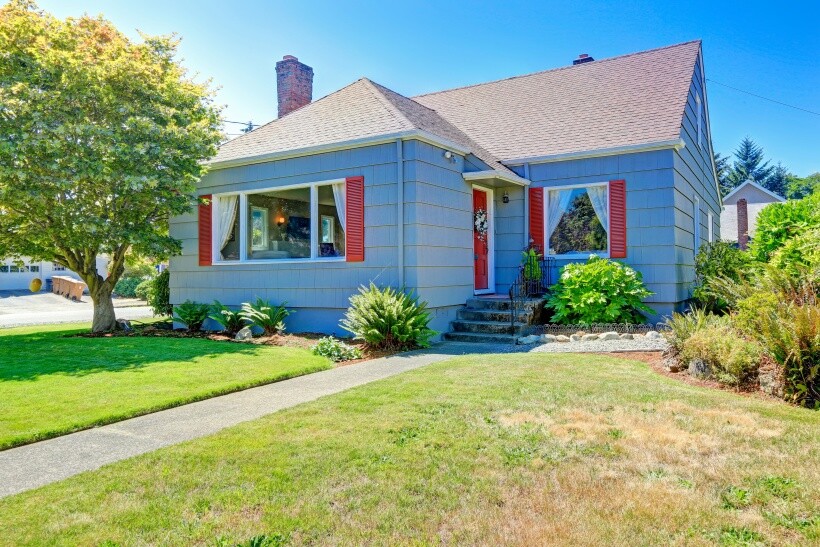 A suburban home with a neatly maintained natural grass lawn. (Source: iStock)
A suburban home with a neatly maintained natural grass lawn. (Source: iStock)
A natural grass lawn uses lawn seeding. This involves growing organic grass from seed, which requires sunlight, water, and soil to thrive.
Natural grass is more tedious to maintain than artificial turf because it needs regular watering, irrigation, and mowing. Despite these disadvantages, some still prefer a natural grass lawn over artificial options because it offers a more organic and authentic feel. Not to mention the environmental benefits it provides; for instance, natural grass helps keep homes cool since it absorbs heat
Real grass vs. turf: What are their key differences?
Studies have shown that more people can get foot and ankle injuries with artificial turf, so choosing natural grass is much safer if you value safety. However, safety isn’t the only factor to consider when choosing artificial turf grass vs. real grass. You should also take into account the ease of installation, appearance, environmental impact and more.
In terms of installation
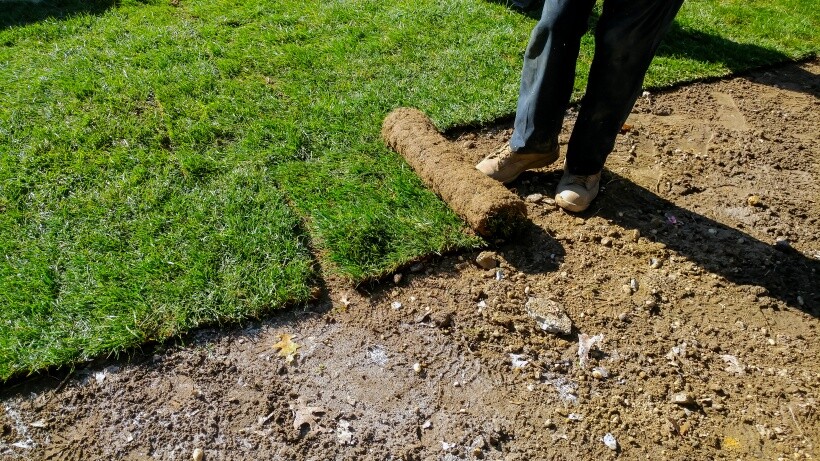 Fresh sod laid over prepared soil to form a healthy grass lawn. (Source: iStock)
Fresh sod laid over prepared soil to form a healthy grass lawn. (Source: iStock)
Installing artificial turf is much easier than growing a natural grass lawn because a professional can finish laying your turf in only two to three days. Although extra installation steps are needed, like setting up a weed barrier and adding infill materials right after securing the turf grass, you may use your backyard immediately once it’s laid out.
In contrast, natural grass lawns take several weeks to establish. The initial installation process is also more tedious because, aside from preparing and loosening the soil, you have to apply fertiliser, rake the soil multiple times, and water the grass daily. Not to mention, weeds can appear as the grass grows, so you have to remove them before they take over the whole lawn.
In terms of appearance
Nothing can replicate the authentic and organic feel of natural grass lawns. Compared to artificial turf, grass-grown lawns have more natural variations in colour and texture.
However, natural grass appears different in each season. During peak seasons like spring and summer, the grass can appear lush and vibrant, but when winter and the drought season come, the lawn can appear brown or thin. Some natural grass lawns can even become bare and muddy, especially in high-traffic areas. Although a seasoned gardener or landscaper could help repair these lawn blemishes, it requires time and effort to grow natural grass again.
For a more consistent and manicured green lawn, artificial turf is a much better choice. Although the grass blades are made from plastic, artificial turf is made from advanced synthetic materials. It also comes in various types, colours, and pile heights, mimicking the look and feel of natural grass. You wouldn’t even notice it’s fake grass at first glance!
In terms of functionality
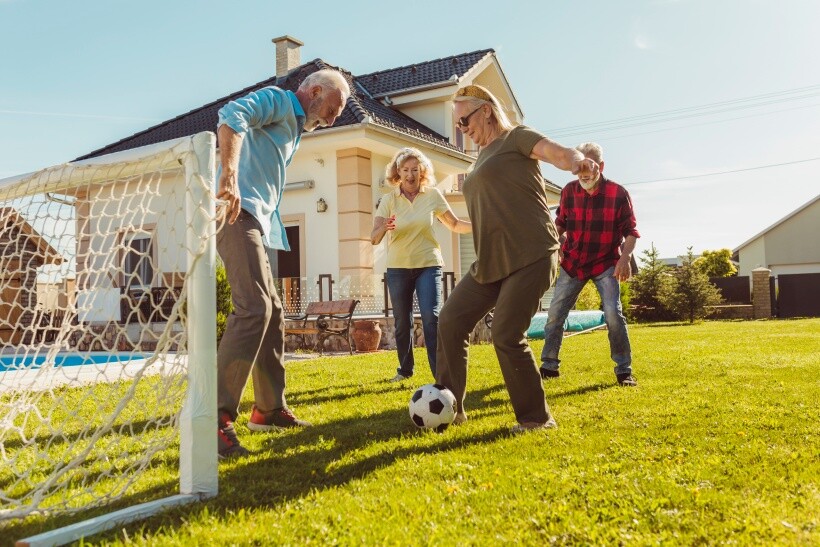 Outdoor fun on a backyard grass field near a suburban house. (Source: iStock)
Outdoor fun on a backyard grass field near a suburban house. (Source: iStock)
Both artificial turf and natural grass function as comfortable, cushioned outdoor surfaces for families to relax and bond. However, natural grass lawns are not suitable for heavy-duty use because, as we mentioned earlier, bare and muddy patches can easily appear, especially during non-peak season. Although some grass species, like Bermuda grass, have excellent wear tolerance, their durability is incomparable to that of synthetic turf.
Synthetic turf is durable because the plastic blades and backing are made from strong, wear-resistant materials with good drainage properties. Because of their longevity and durability, synthetic turf is typically found in sports fields, commercial landscapes, and playgrounds, where there is high foot traffic.
Another functional advantage of synthetic turf is its immediate usability. Simply put, you don’t have to wait for grass to grow and establish because synthetic turf is a ready-to-use surface. This could be advantageous for homeowners who live in regions where maintaining natural grass is difficult because of extremely dry or wet climates.
In terms of maintenance
Artificial turf is the clear winner when it comes to maintenance because it doesn’t need mowing, fertilising, and weeding, unlike natural grass lawns. You only need to brush the turf occasionally to clean off dust and debris.
However, gardens with artificial turf grass require periodic disinfection. Even though its grass blades are made from plastic, mould, moss, and algae can still grow around it since it’s installed outdoors and exposed to various environmental elements. You also sometimes need to douse it with water because turf can get extremely hot, especially during the hot summer months.
On the other hand, natural grass is more challenging to maintain. Apart from the regular watering, mowing, and weeding, you may also have to do seasonal aeration and overseeding to keep a lush grass lawn. Soil aeration involves poking holes in the top layer of the soil to allow oxygen, fertiliser, and seeds to be absorbed better by the soil.
Moreover, natural grass lawns can be extra difficult to maintain if it frequently rains in your area. It’s much worse for regions with colder climates because the grass can go dormant and turn brown.
In terms of environmental impact
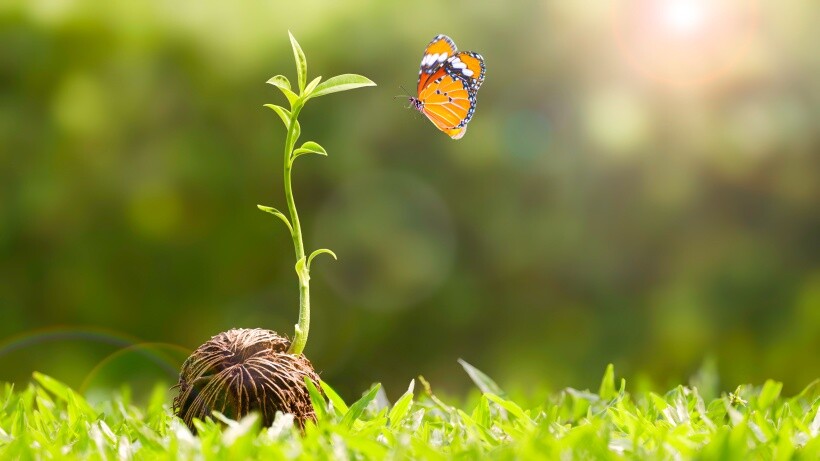 Seedling sprouting from the soil surrounded by healthy grass. (Source: iStock)
Seedling sprouting from the soil surrounded by healthy grass. (Source: iStock)
Natural grass lawns have less environmental impact than artificial turf. Like other plants, grass undergoes photosynthesis. It absorbs carbon dioxide (CO2), water, and sunlight to create glucose or sugar, which is its main food source. This reduces the amount of carbon dioxide in the air, helping minimise greenhouse gases and cooling our surroundings.
Moreover, growing natural grass lawns helps promote biodiversity. They provide a natural habitat for insects, birds, and other wildlife.
Despite the numerous environmental benefits, natural grass lawns have some disadvantages. They require a lot of water, fertilisers, and pesticides to maintain. Aside from the high water consumption, the chemicals from fertilisers and pesticides can leach into rivers and canals, increasing water pollution. This is where artificial turf gains the upper hand. It doesn’t require frequent watering and can help save water, which is beneficial in drought-prone areas.
While artificial turf presents some benefits, its impact on the environment serves as a major concern. Since it’s made from non-biodegradable synthetic plastic, it can increase significant carbon emissions and contribute to environmental waste.
In terms of costs
Natural grass is more affordable upfront, with grass lawn seeds ranging from $100 and $400 for a 50-pound bag. This covers the grass seeds, topsoil, and fertilizer. You should also consider costs like hiring a gardener, ranging from $40 to $500 in the US.
On the other hand, artificial turf grass costs around $2,795 to $6,917. It’s much more expensive because some turf materials have specialized features, and this estimated cost range also covers the complex installations.
However, regarding maintenance costs, artificial turf is cheaper because you only need a few gardening materials, like a stiff broom, garden blower, and plastic rake. Meanwhile, natural grass lawns require more maintenance tools, like fertilizers, pesticides, lawn mowers, sprinklers. You must also consider the water bill cost, which can be exorbitant, especially if you water the lawn every day.
Achieve your dream turf or grass lawn with Airtasker
Whether you’ve decided on artificial turf or natural grass, gardening experts at Airtasker can help properly set up and install your lawn so you can enjoy using your backyard for fun parties and get-togethers. They can even provide long-term care to help keep your lawn healthy. Post a task now to connect with these experts!
Learn more about our contributors

Written by Cielo B.
Staff Writer
Cielo is an experienced content writer who has explored various industries throughout her career. Her expertise, founded on a degree in journalism, includes writing about automotive and home maintenance. Cielo also covers topics like dressmaking, tailoring, and photography since she is a passionate cosplayer who enjoys dressing up as her beloved anime characters.
Turf vs. grass
Turf grass |
Grass lawn |
|
|---|---|---|
Installation |
Easier and quicker installation, ready to use immediately |
Takes several weeks to establish, requires soil preparation and regular watering |
Appearance |
Consistent and manicured look, various types, colours, and pile heights |
Natural and organic feel, seasonal variations in colour and texture |
Functionality |
Durable, wear-resistant, suitable for high-traffic areas |
Comfortable for relaxation, not suitable for heavy-duty use |
Maintenance |
Minimal maintenance, periodic disinfection needed |
Requires regular watering, mowing, weeding, and seasonal aeration |
Environmental Impact |
Made from non-biodegradable plastic, contributes to waste and emissions |
Absorbs CO2, promotes biodiversity, but requires more water and chemical-based fertilisers |
Costs |
Higher initial cost, lower maintenance costs |
Lower initial cost, higher maintenance costs |
FAQs on turf and grass
An artificial grass garden can last more than a decade with proper care and maintenance. Some high-quality and properly-installed turf could even last up to 25 years!
You could use many base materials, but crushed Miscellaneous Base (CMB) is the best to put under artificial turf. It’s made from recycled asphalt or concrete with tidbits of sand and gravel that stabilize the synthetic turf and provide good drainage.
Find gardeners, fast
Post a task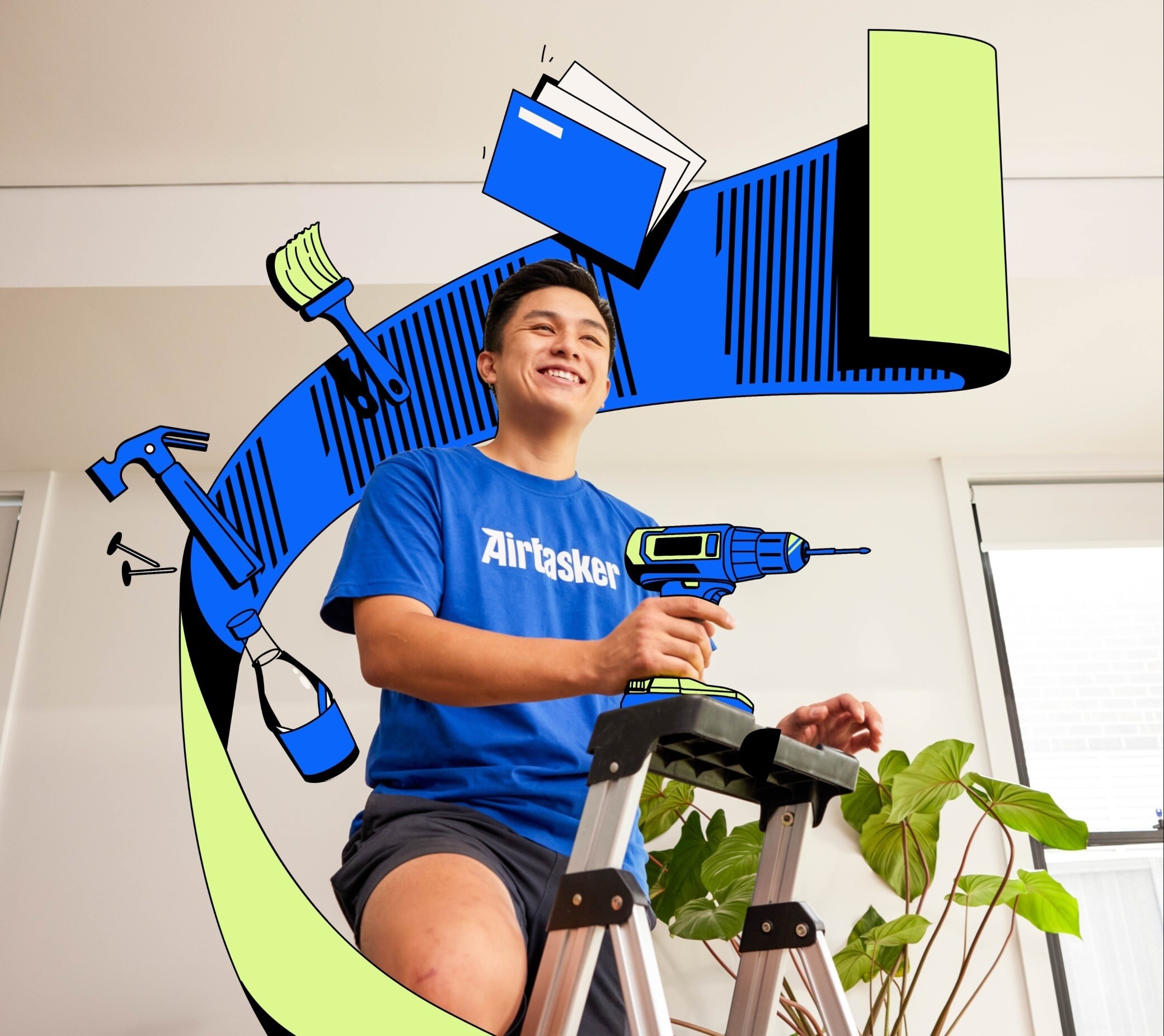
Related articles
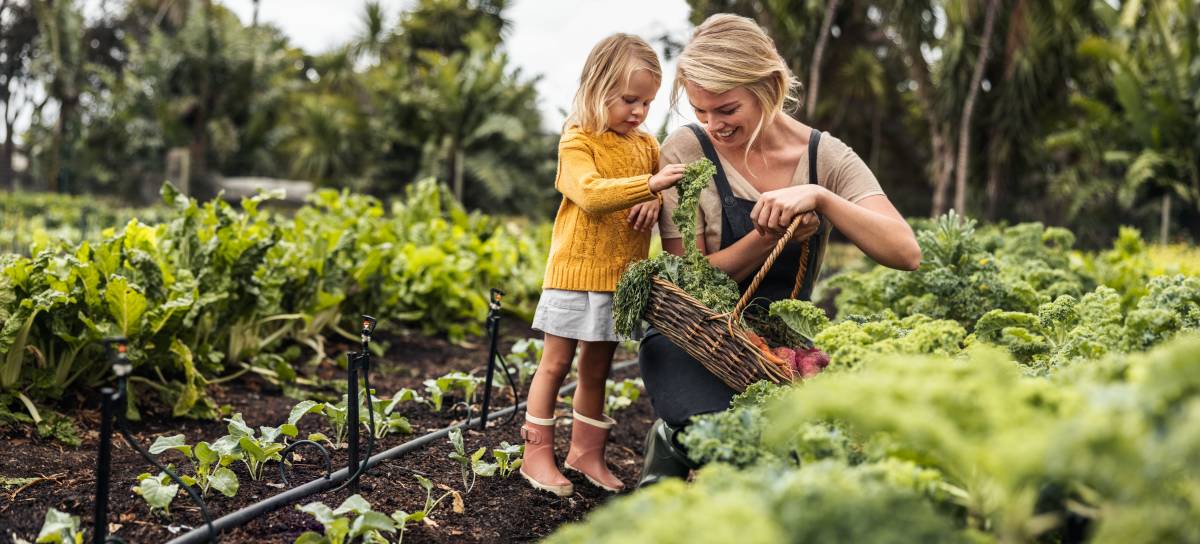
How to Start a Vegetable Garden
Read more
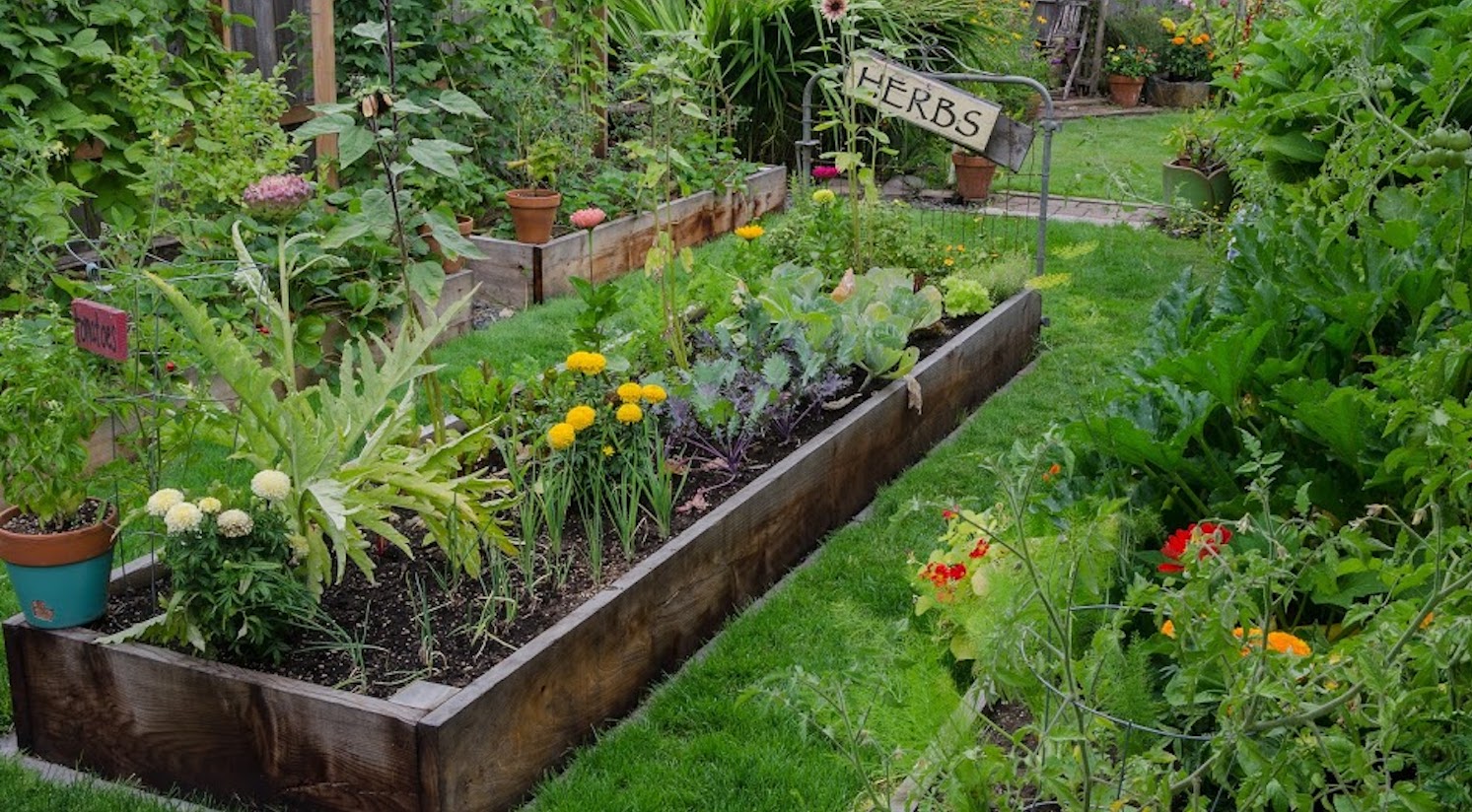
How to build a raised garden bed
Read more
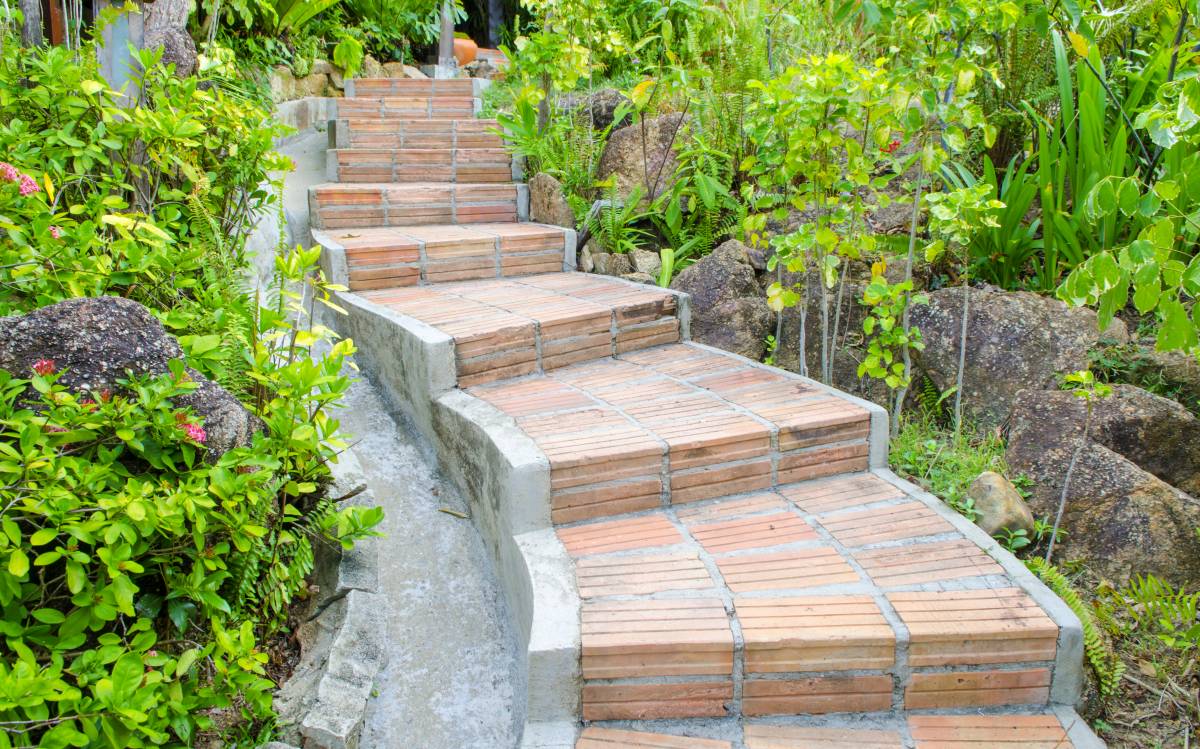
How to build garden steps
Read more
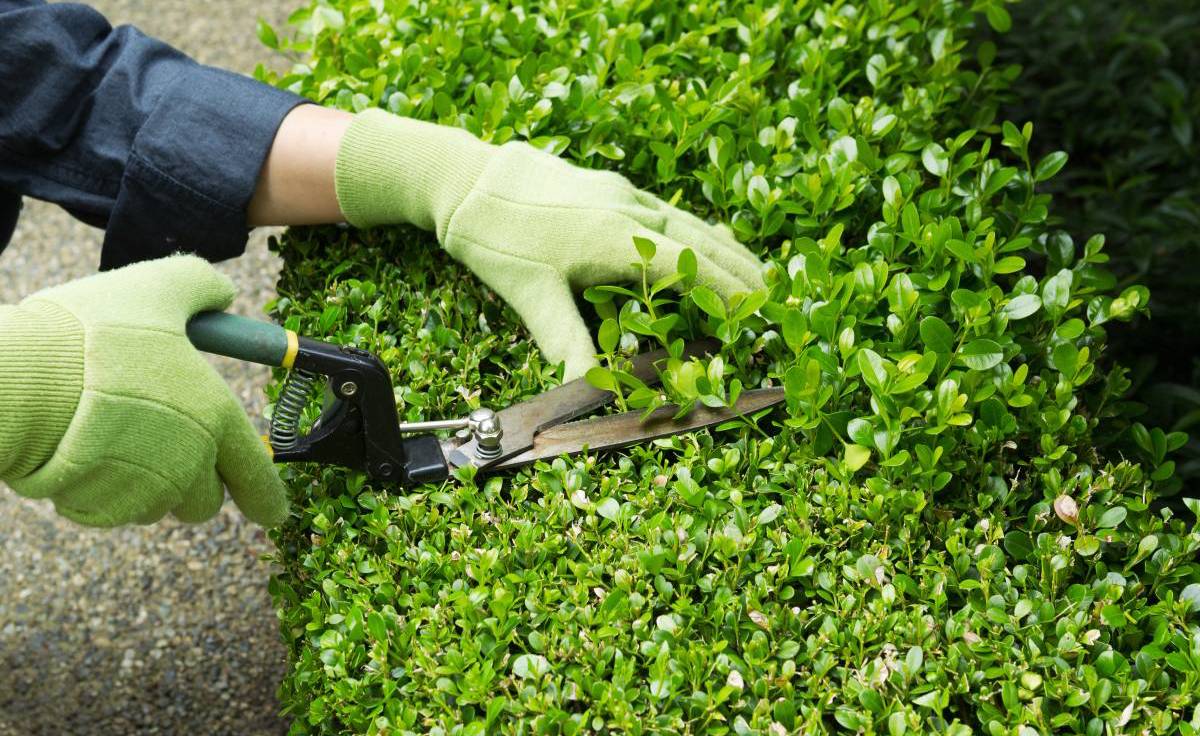
How to trim bushes the right way
Read more
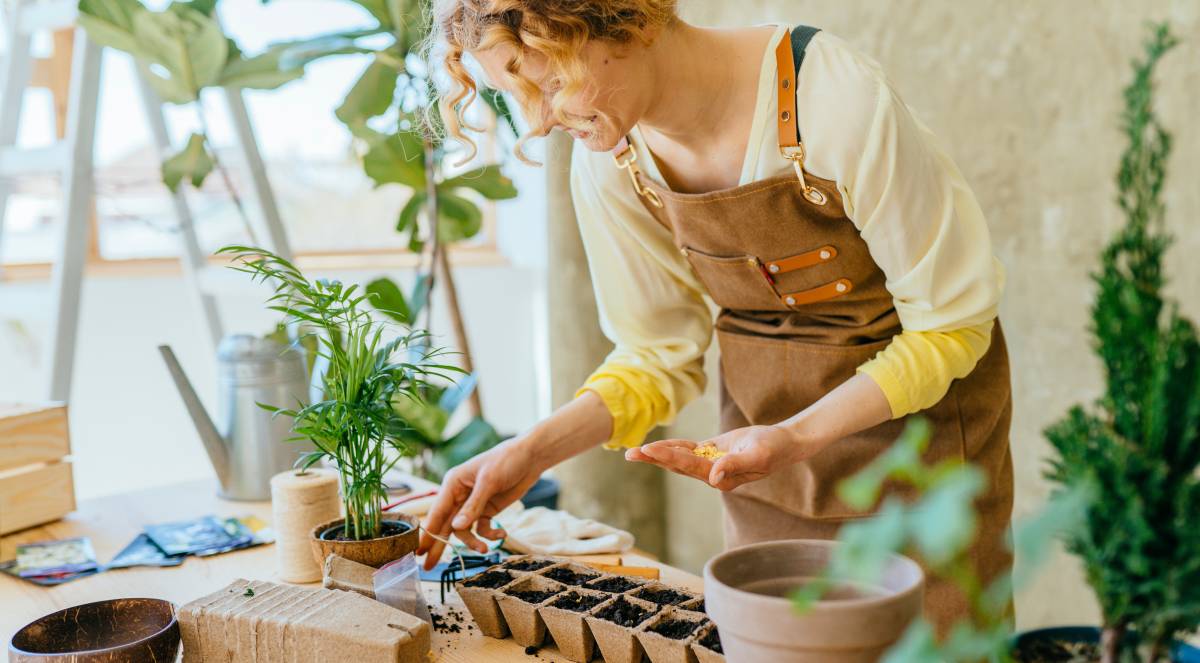
25 ways to make money gardening
Read more
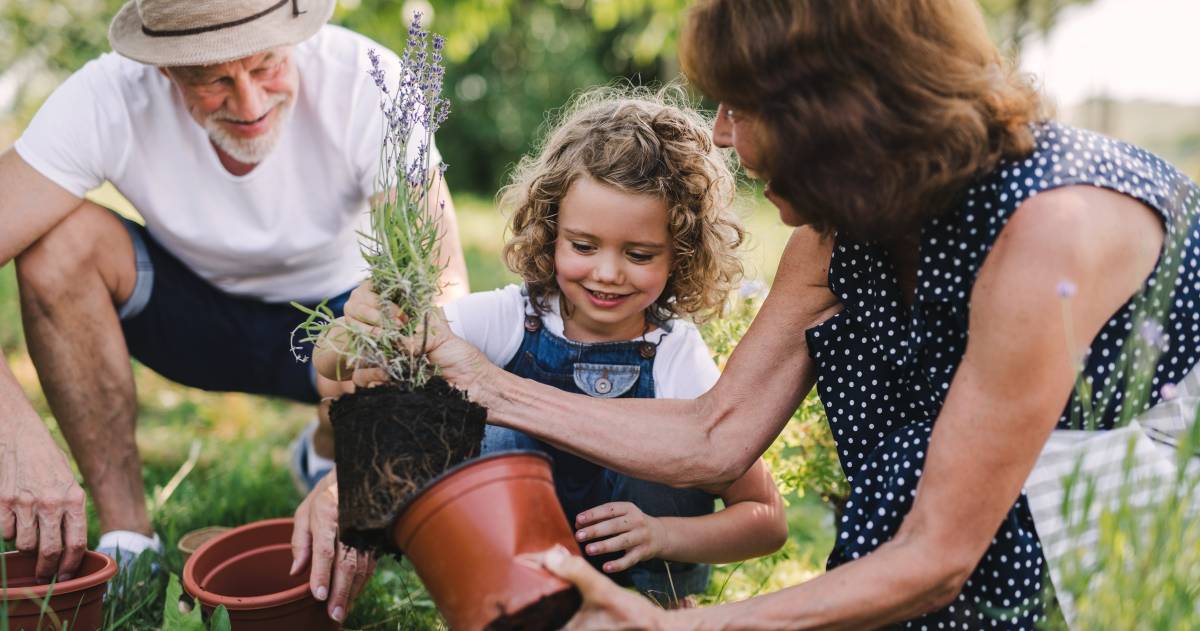
13 best spring gardening tips
Read more
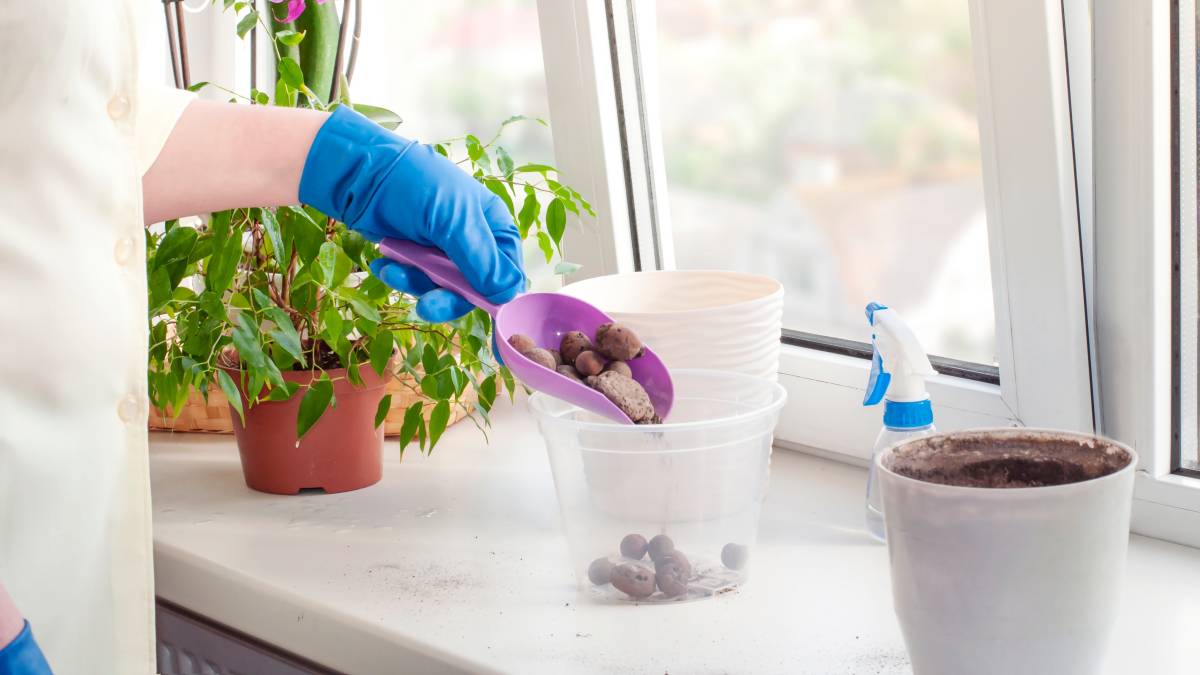
36 Quirky plant pot ideas you’ll love
Read more
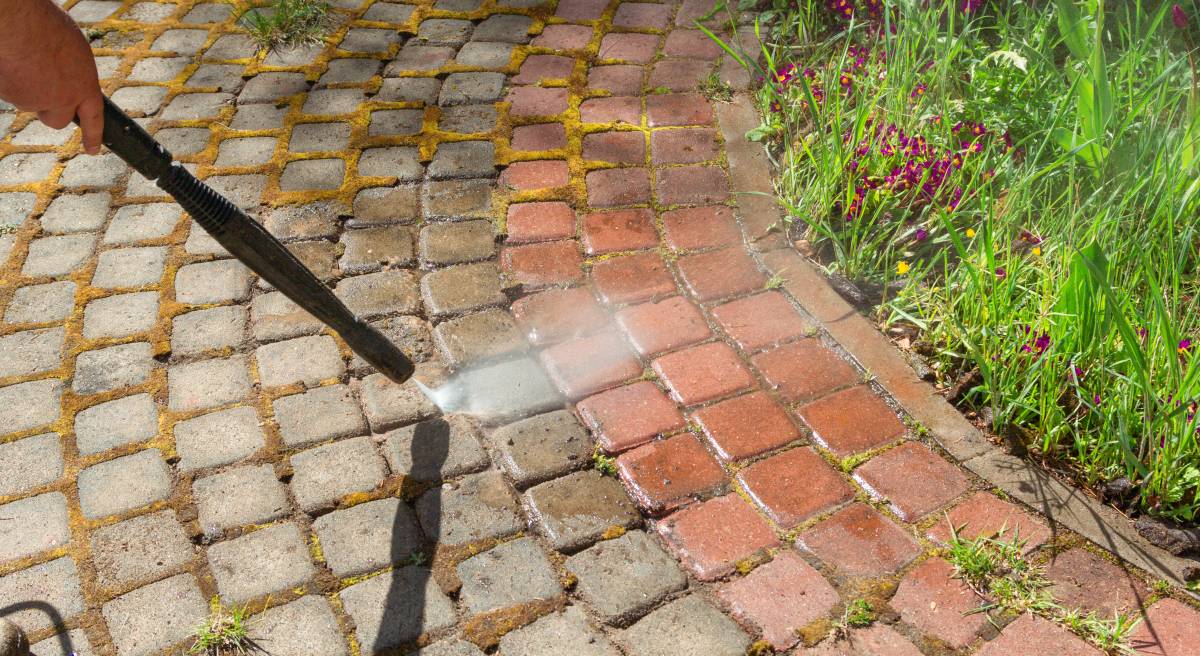
How to clean landscape rocks
Read more
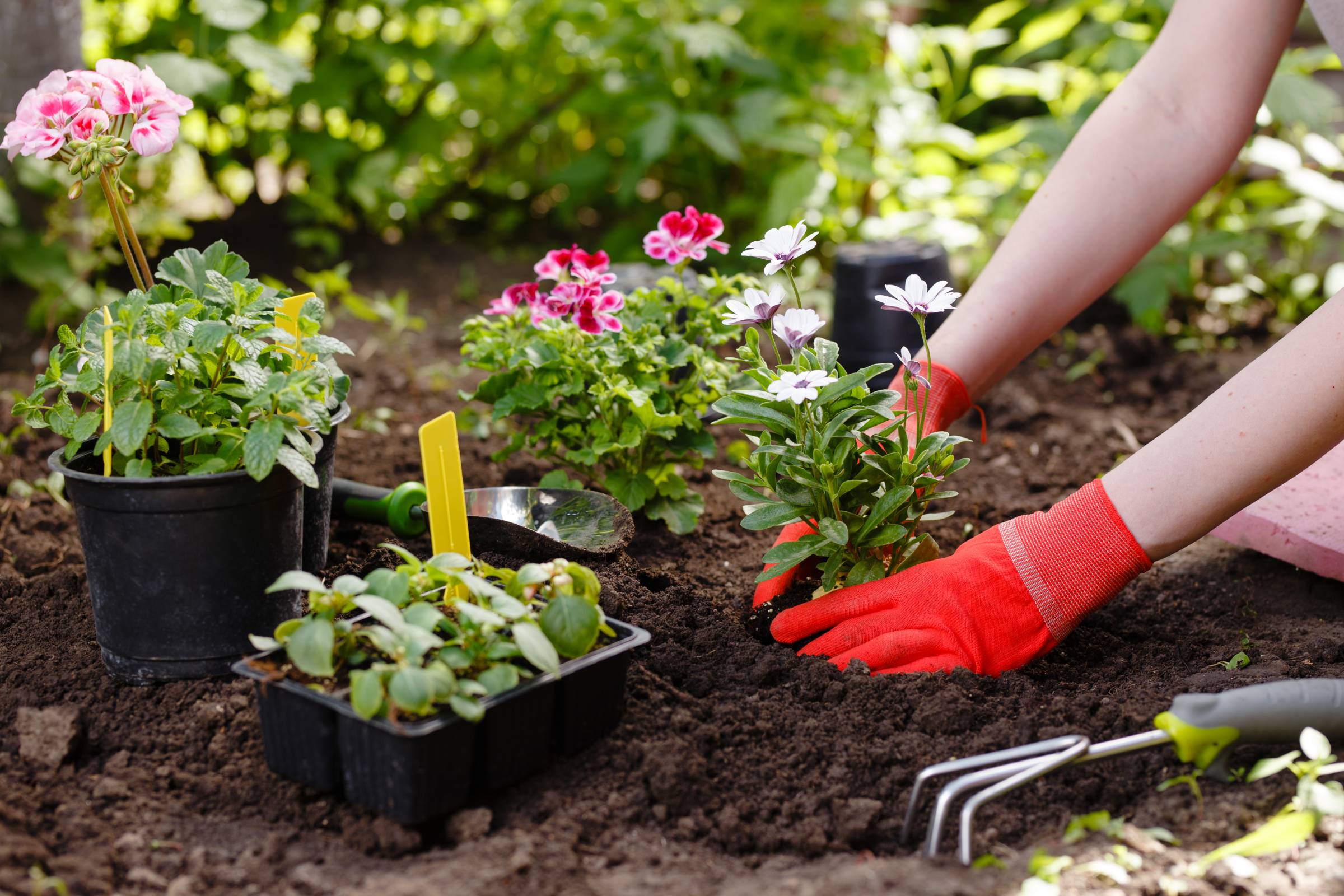
Your garden maintenance checklist
Read more
Related price pages
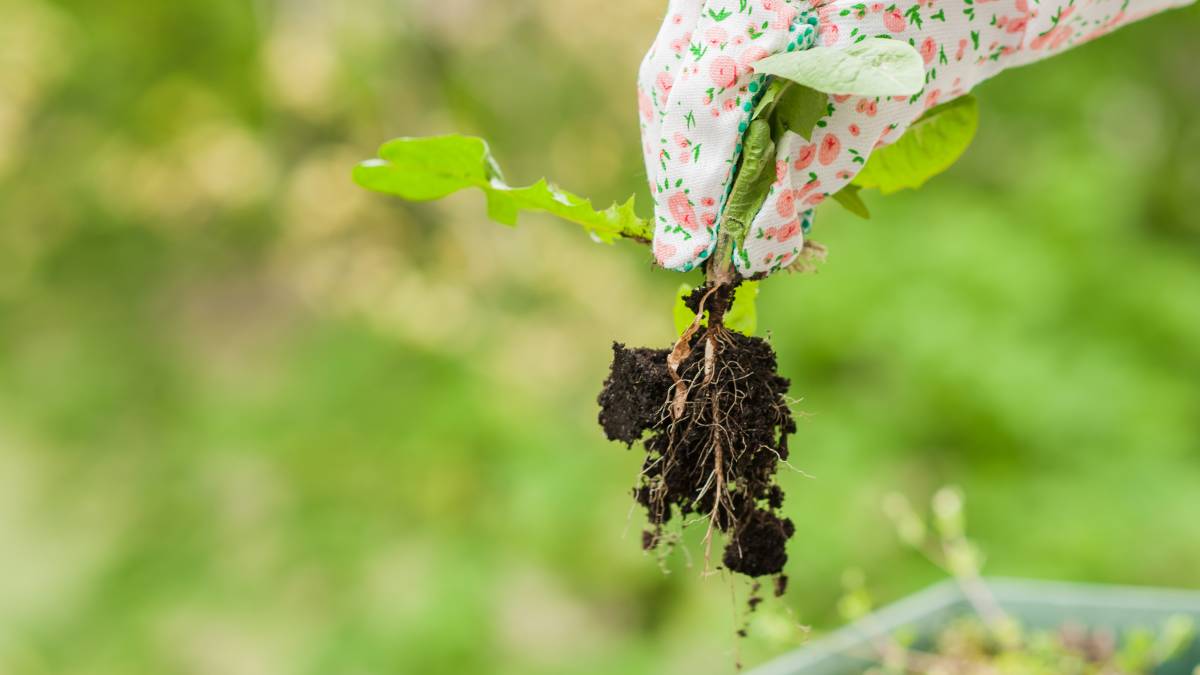
How much does weeding cost?
Read more
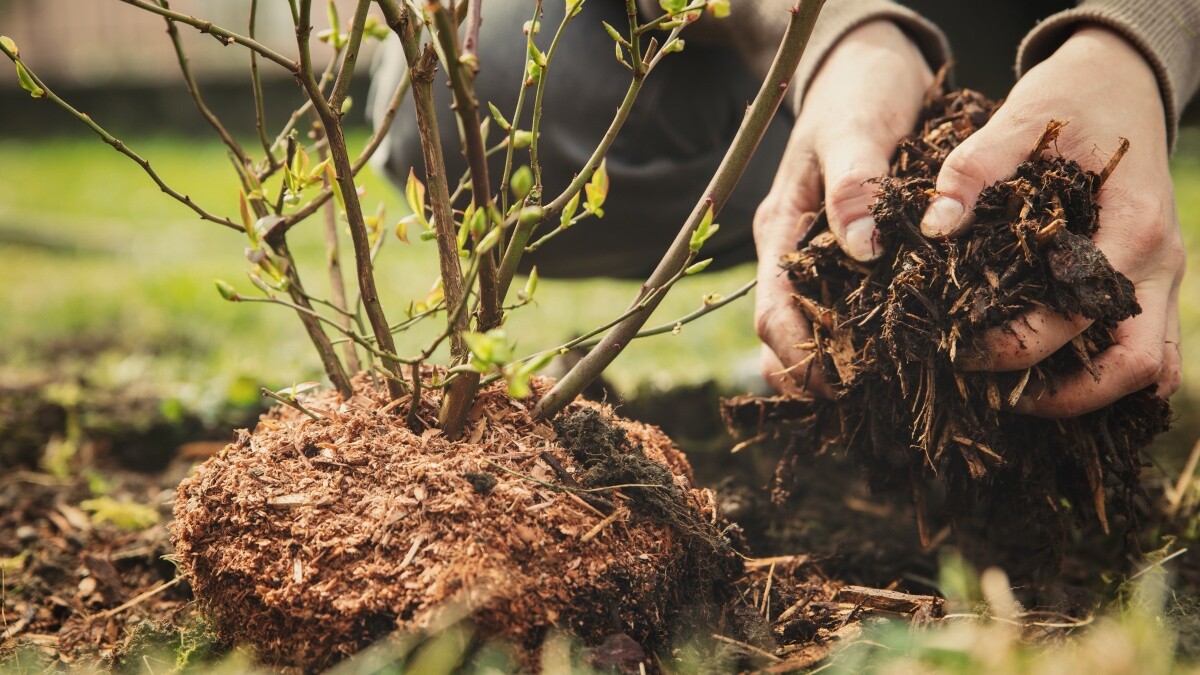
How much does mulch cost?
Read more

How much does hedge removal cost?
Read more
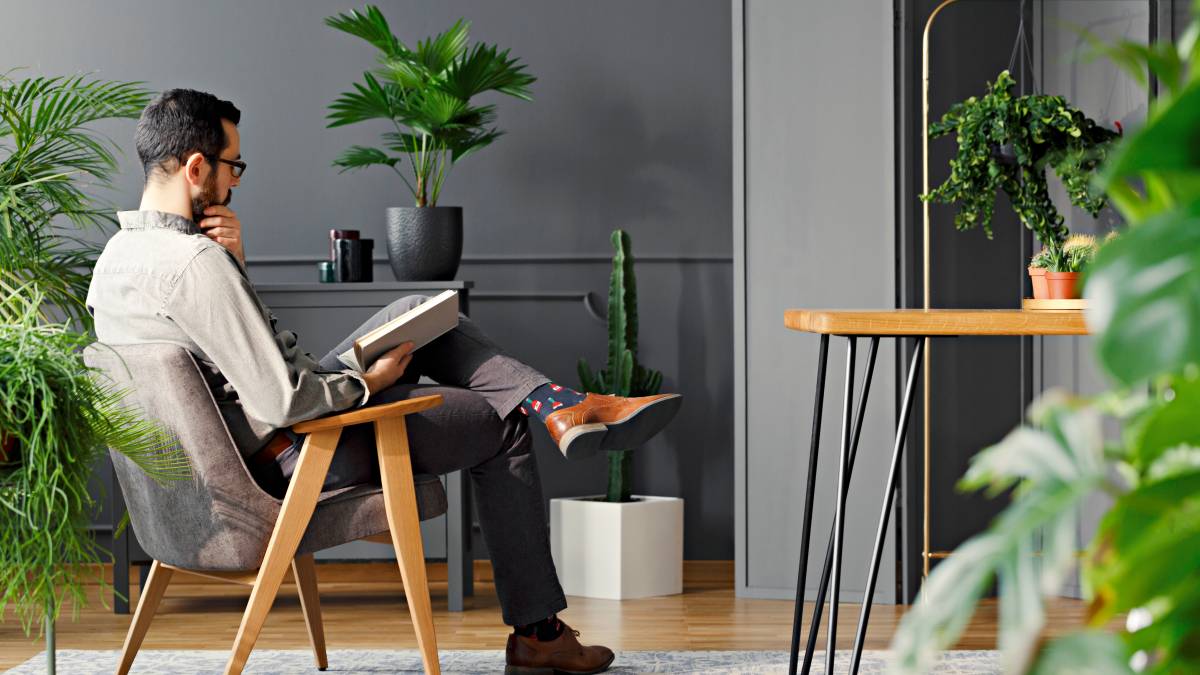
How much does a garden room cost?
Read more
